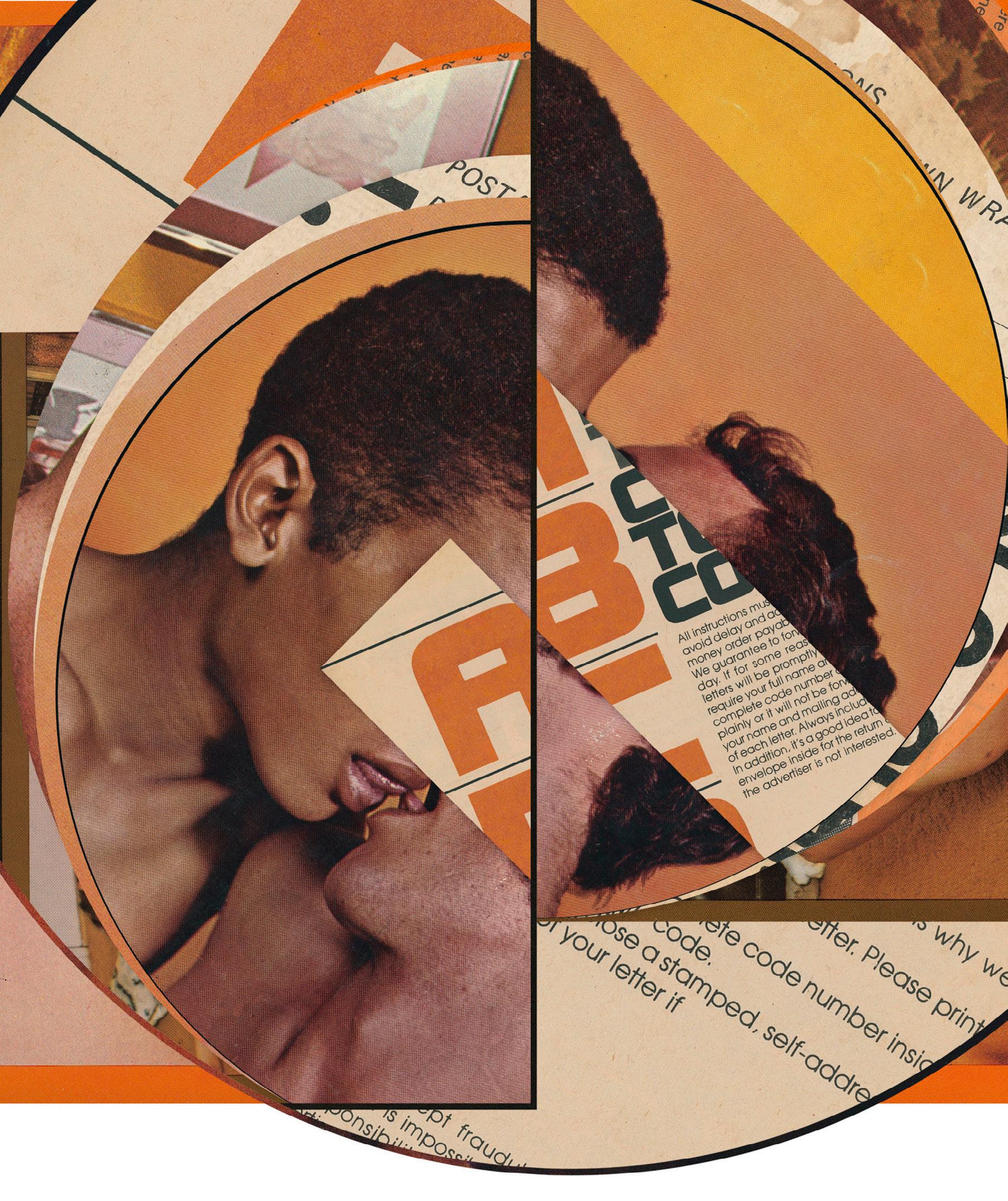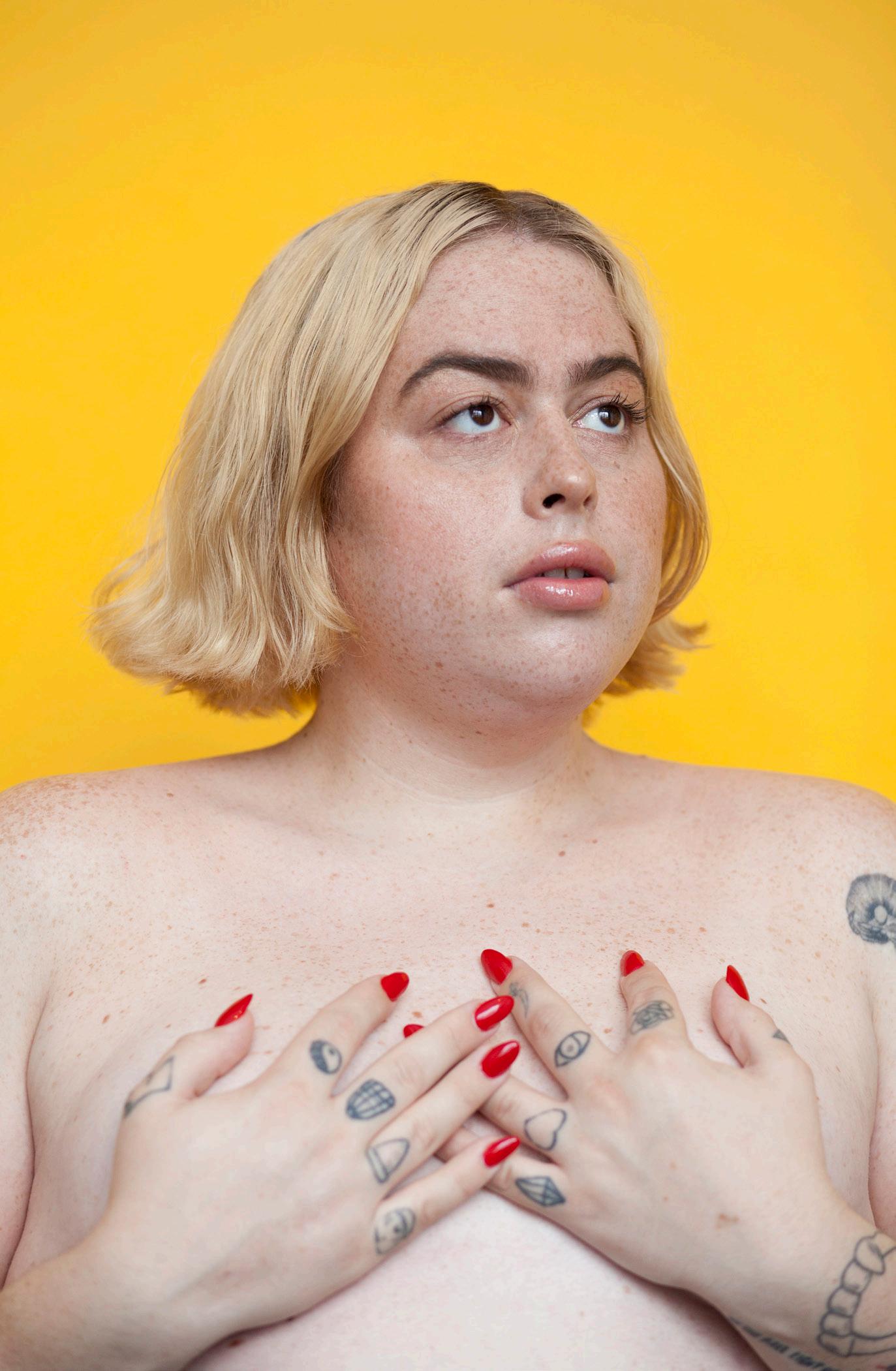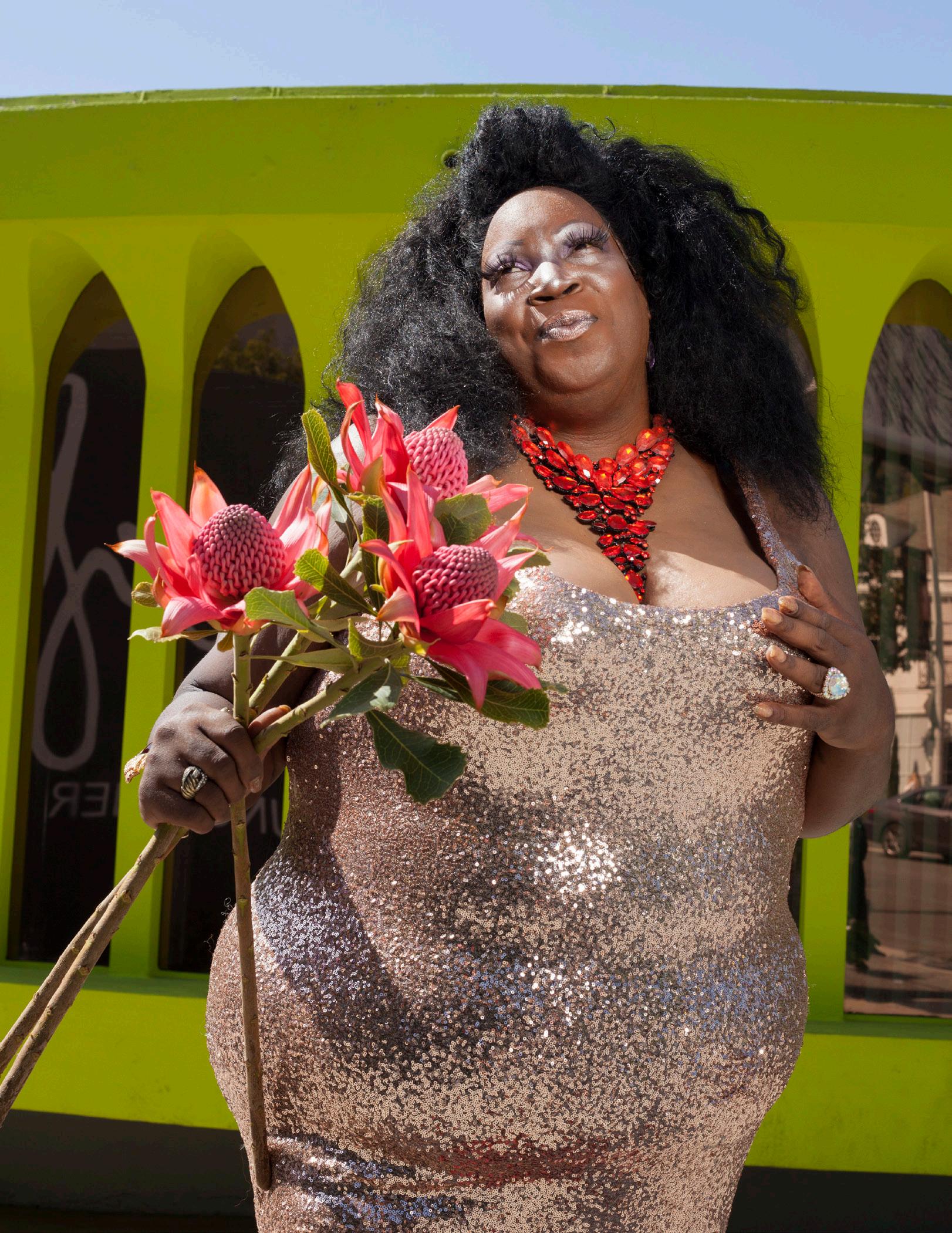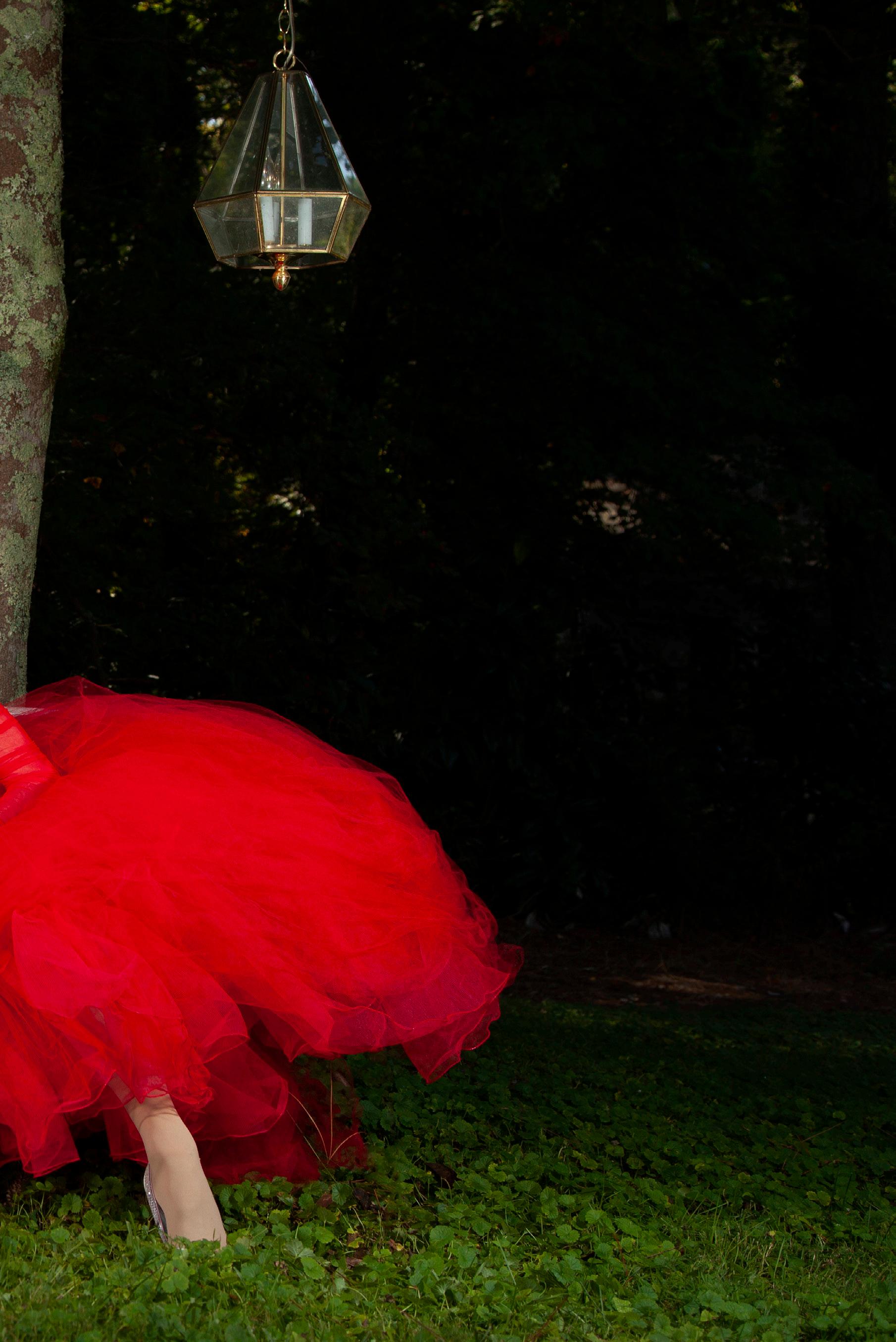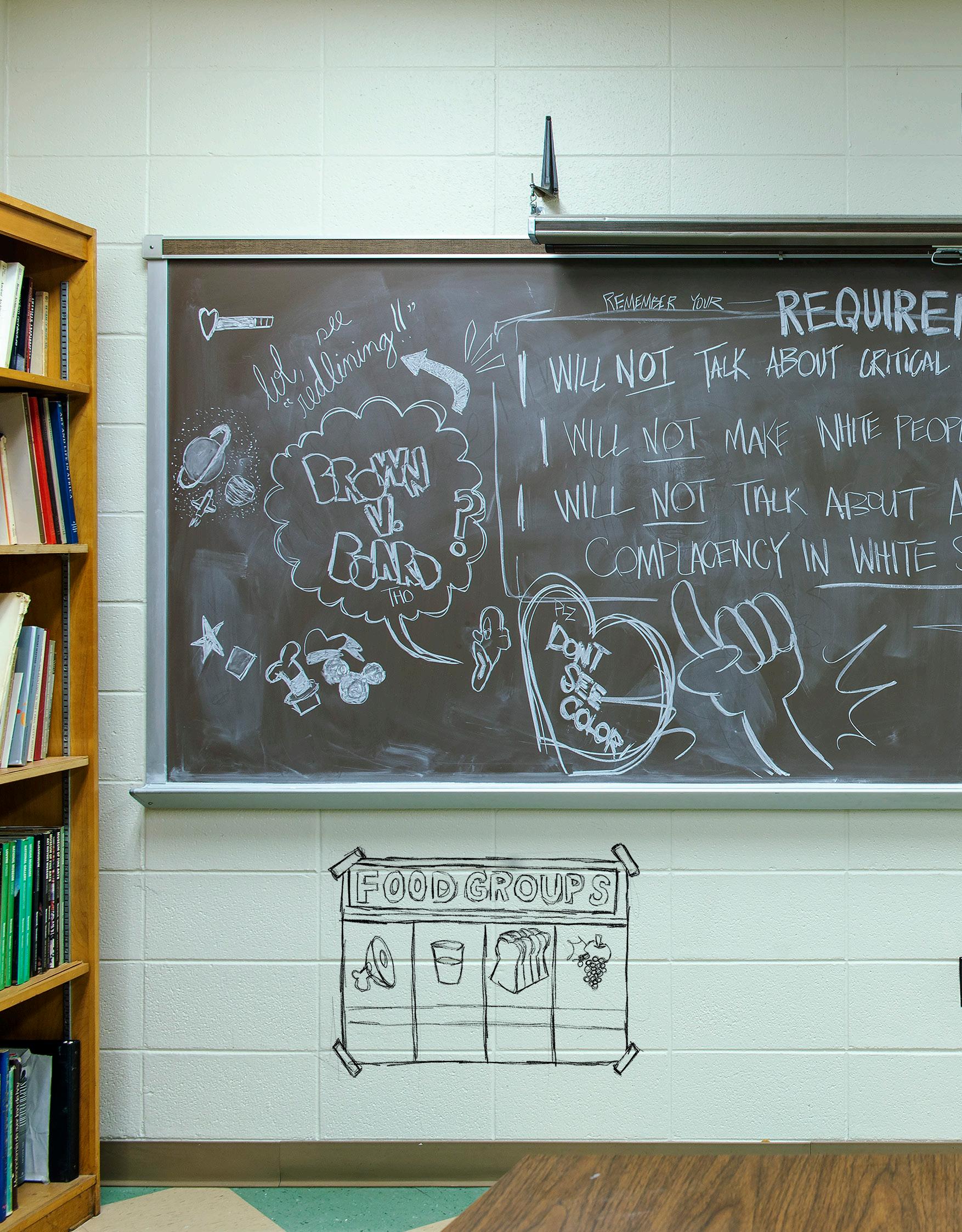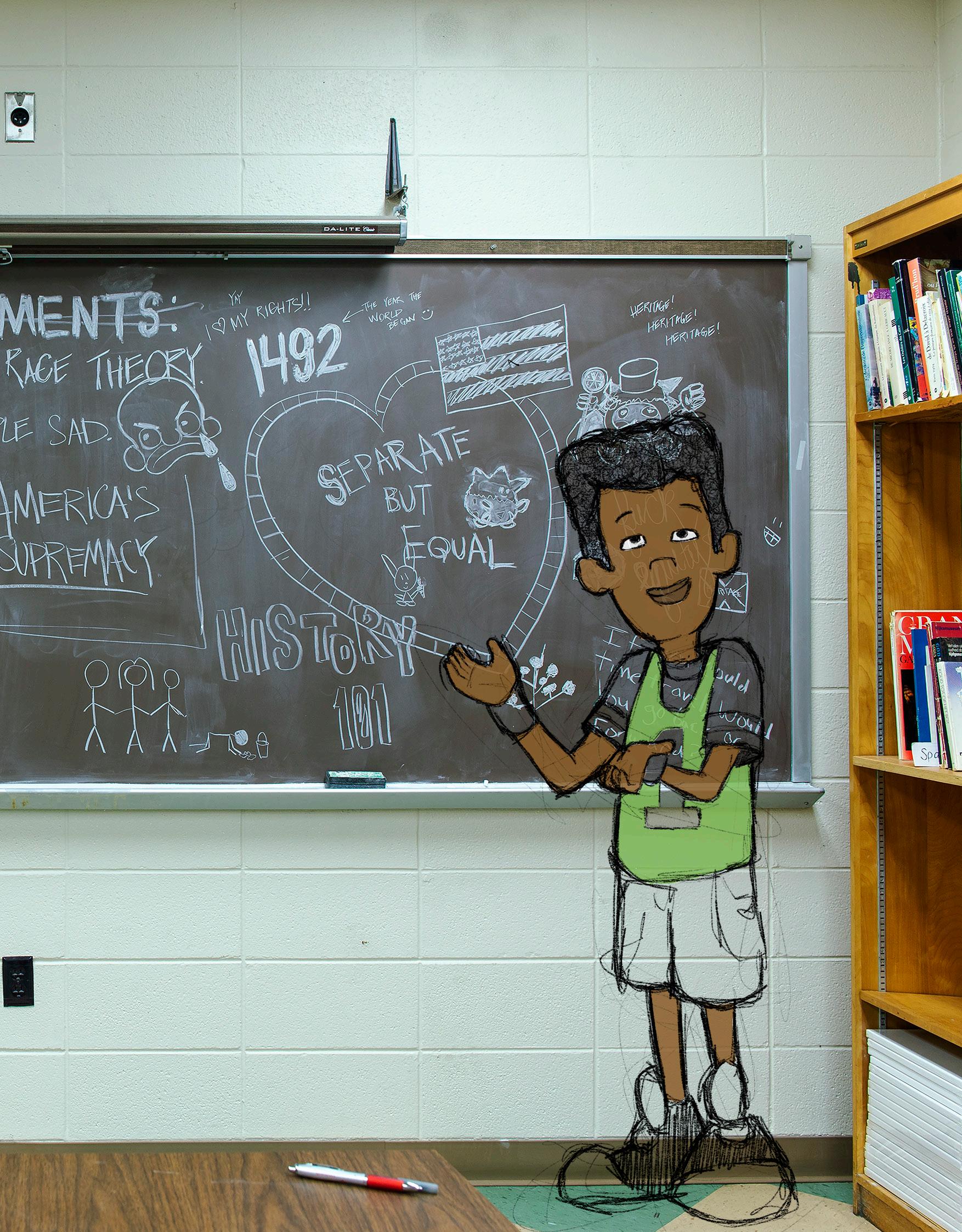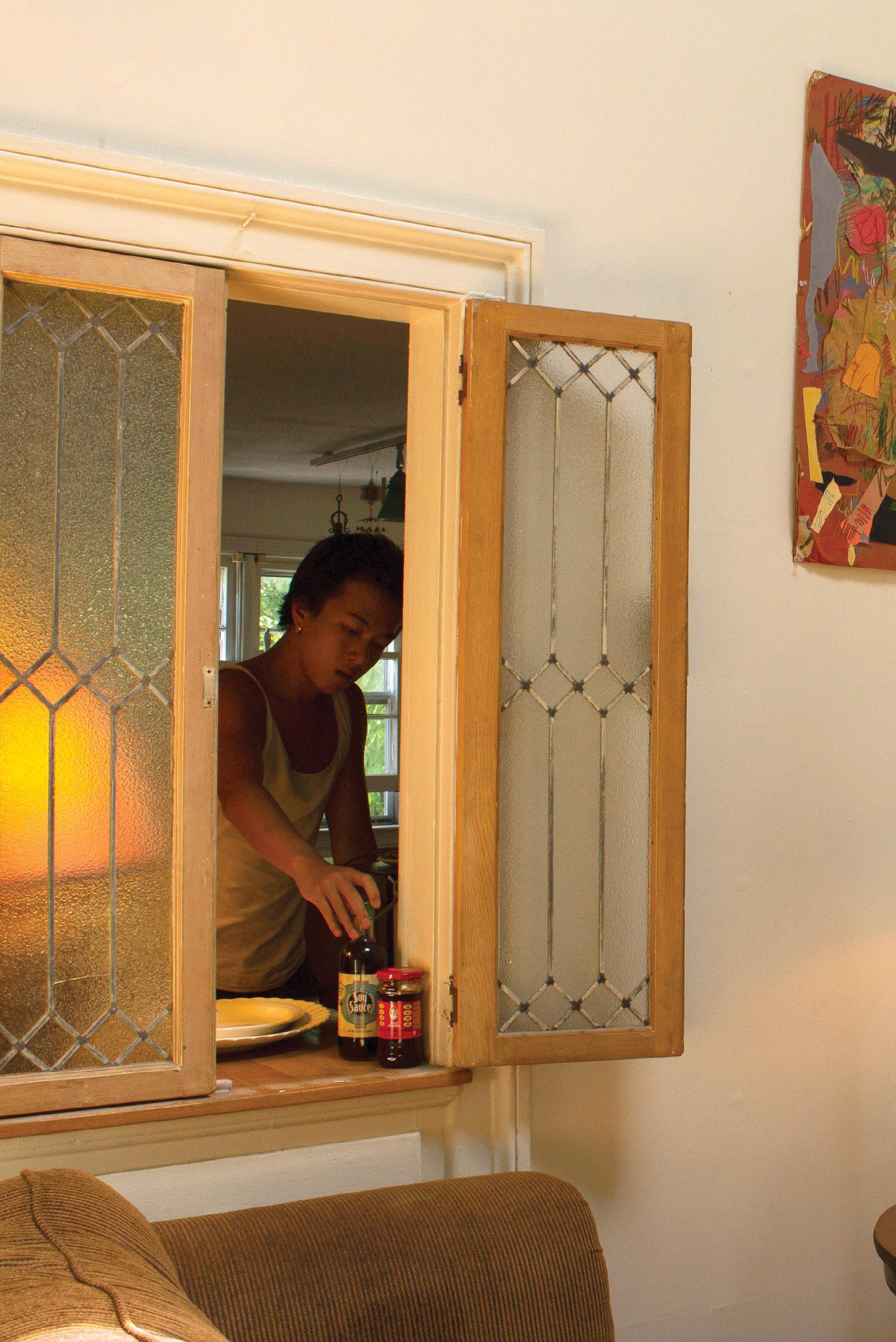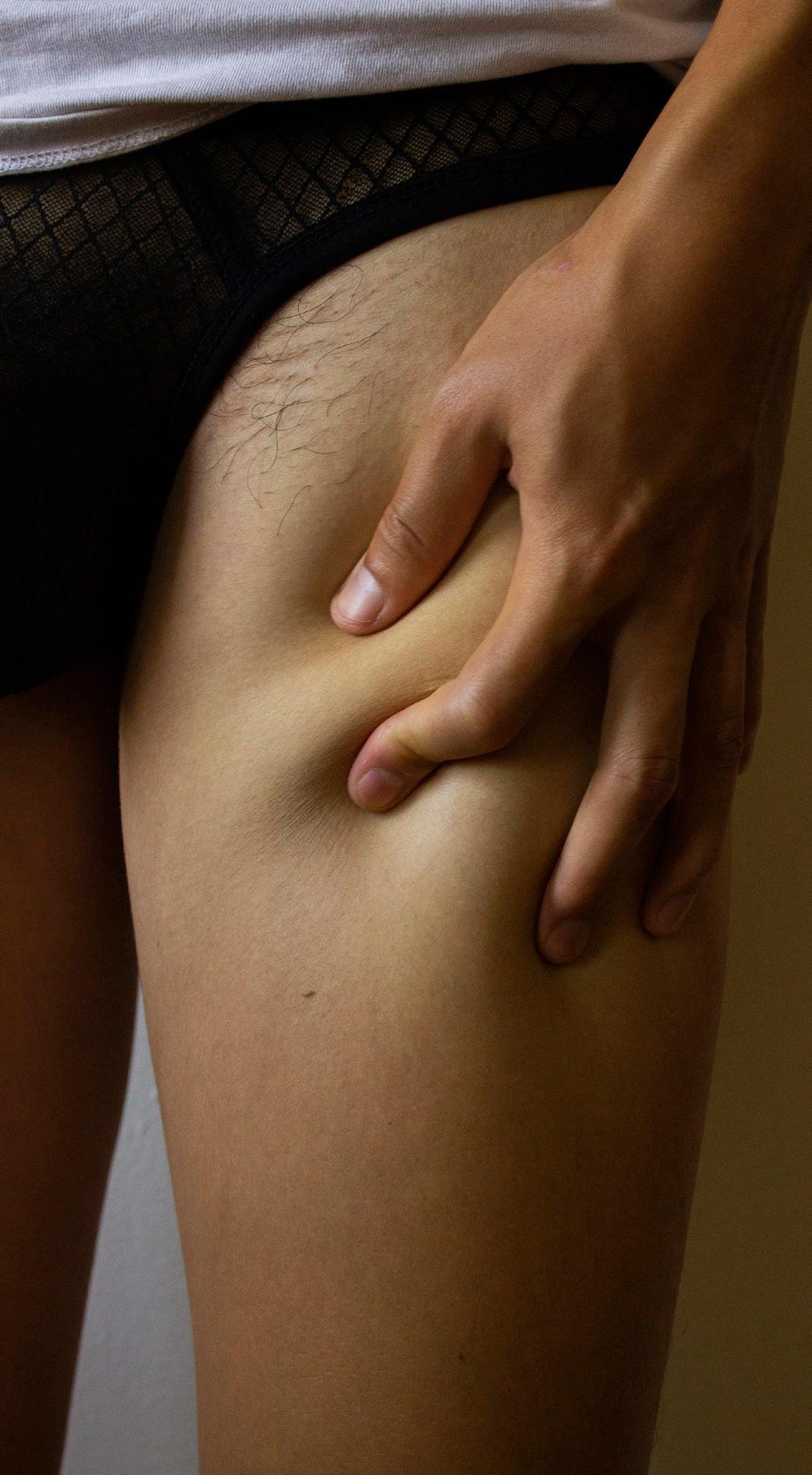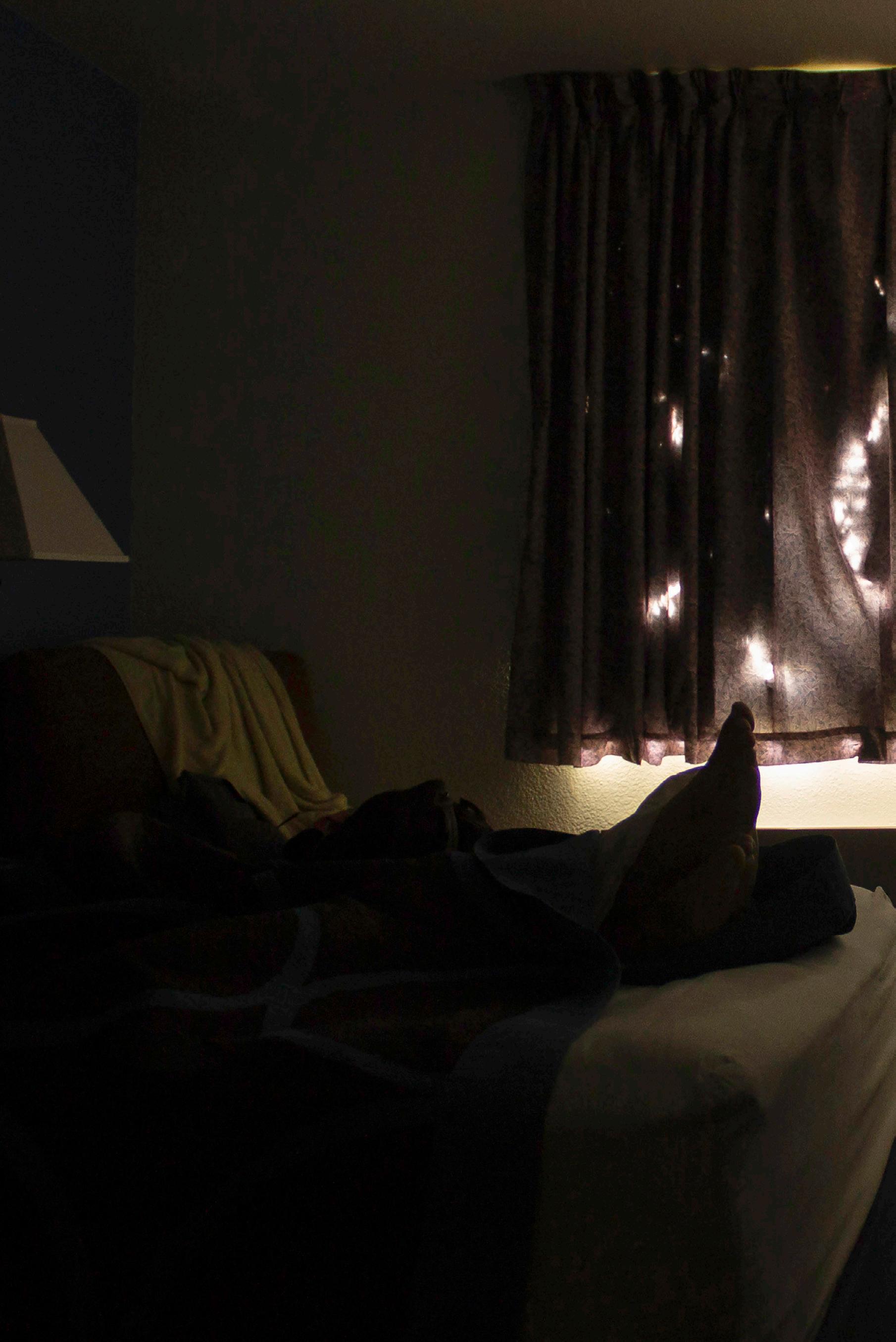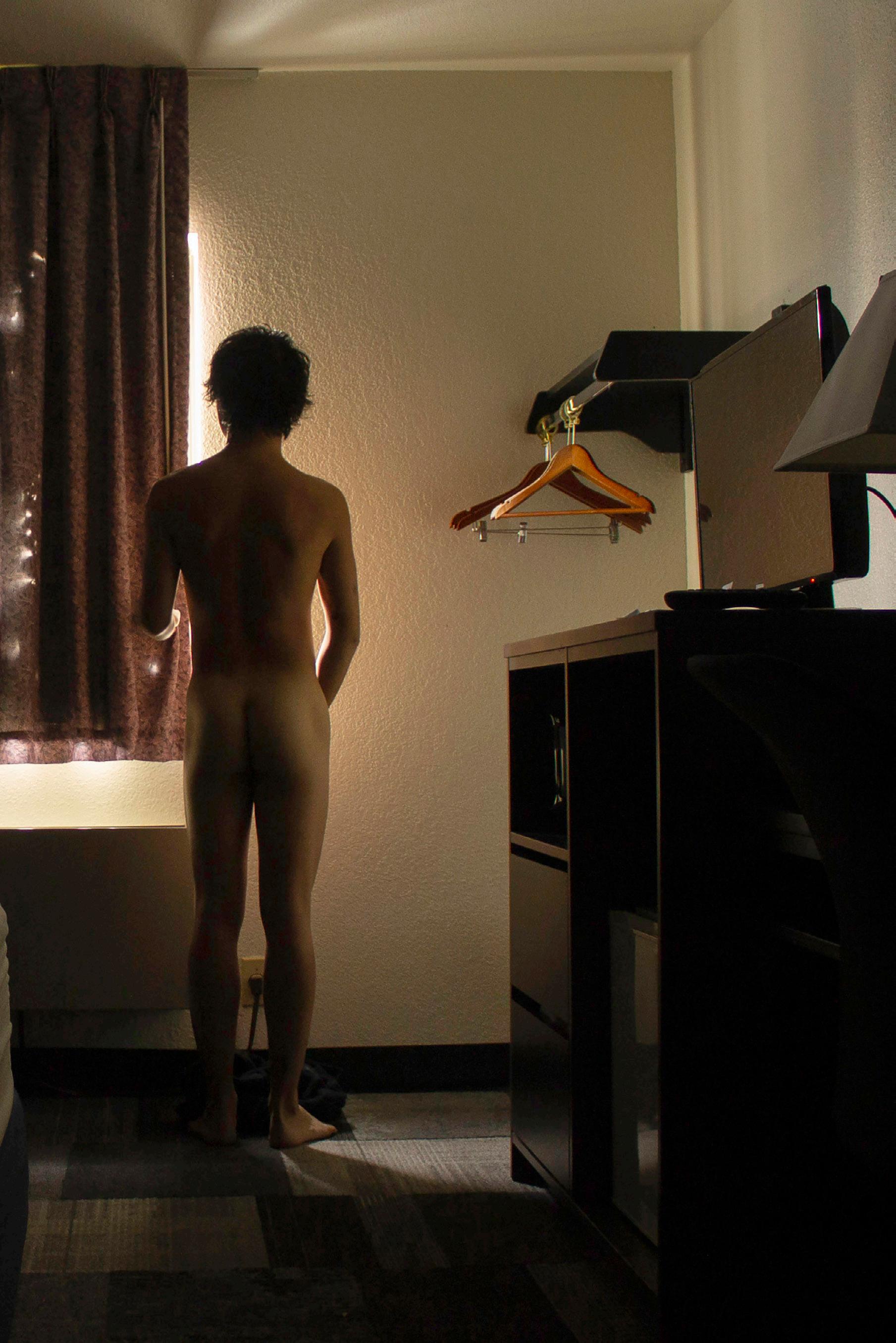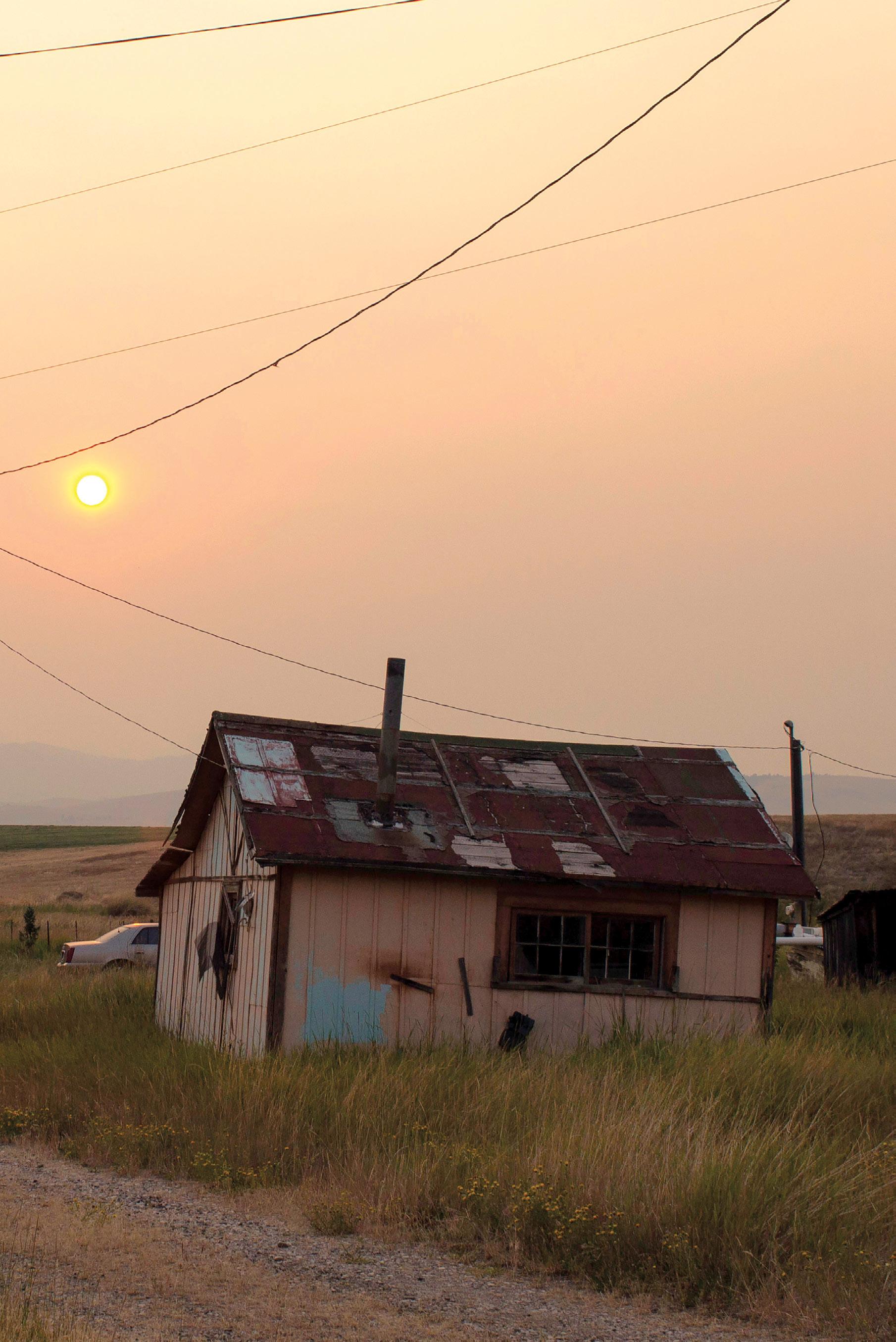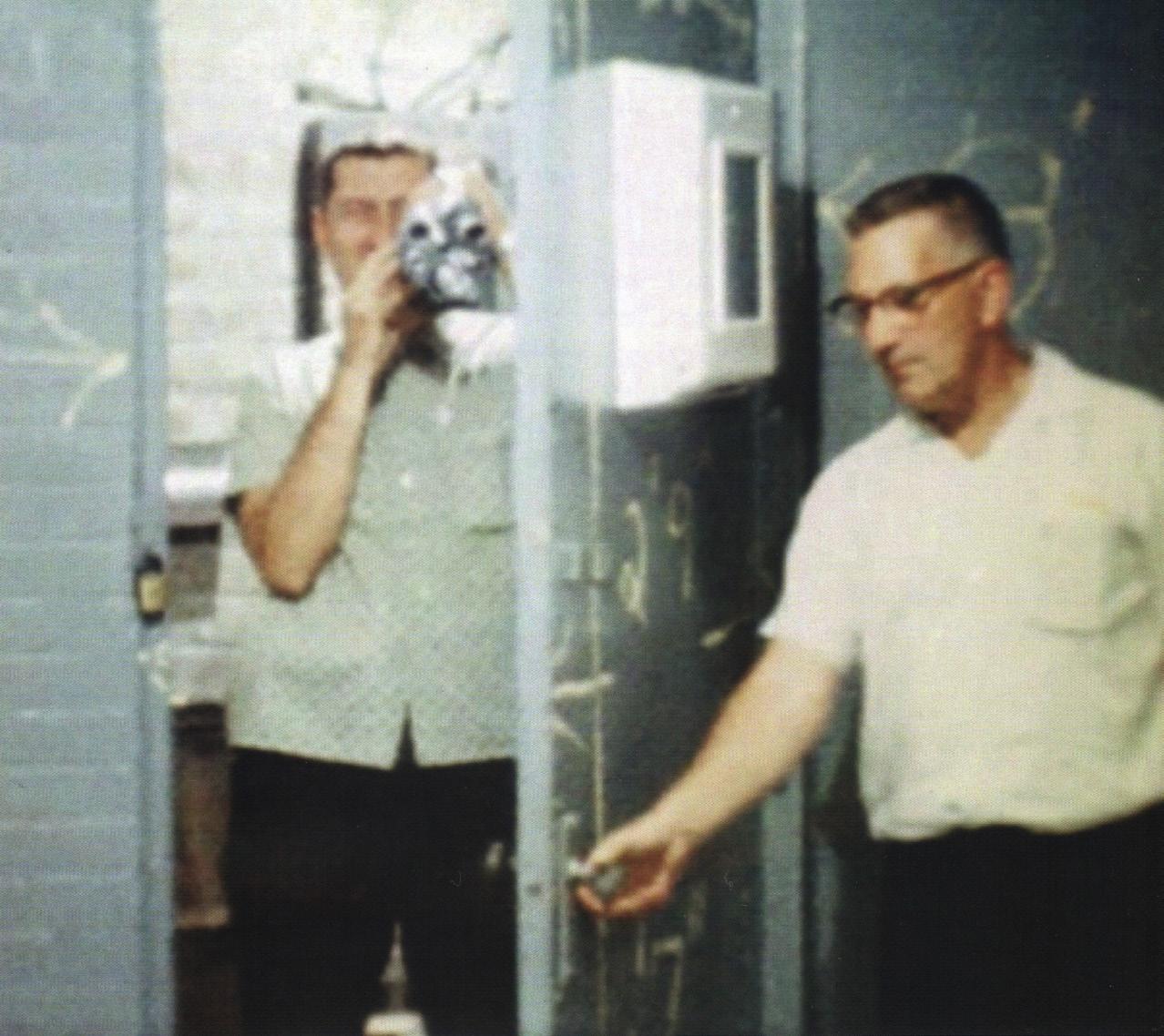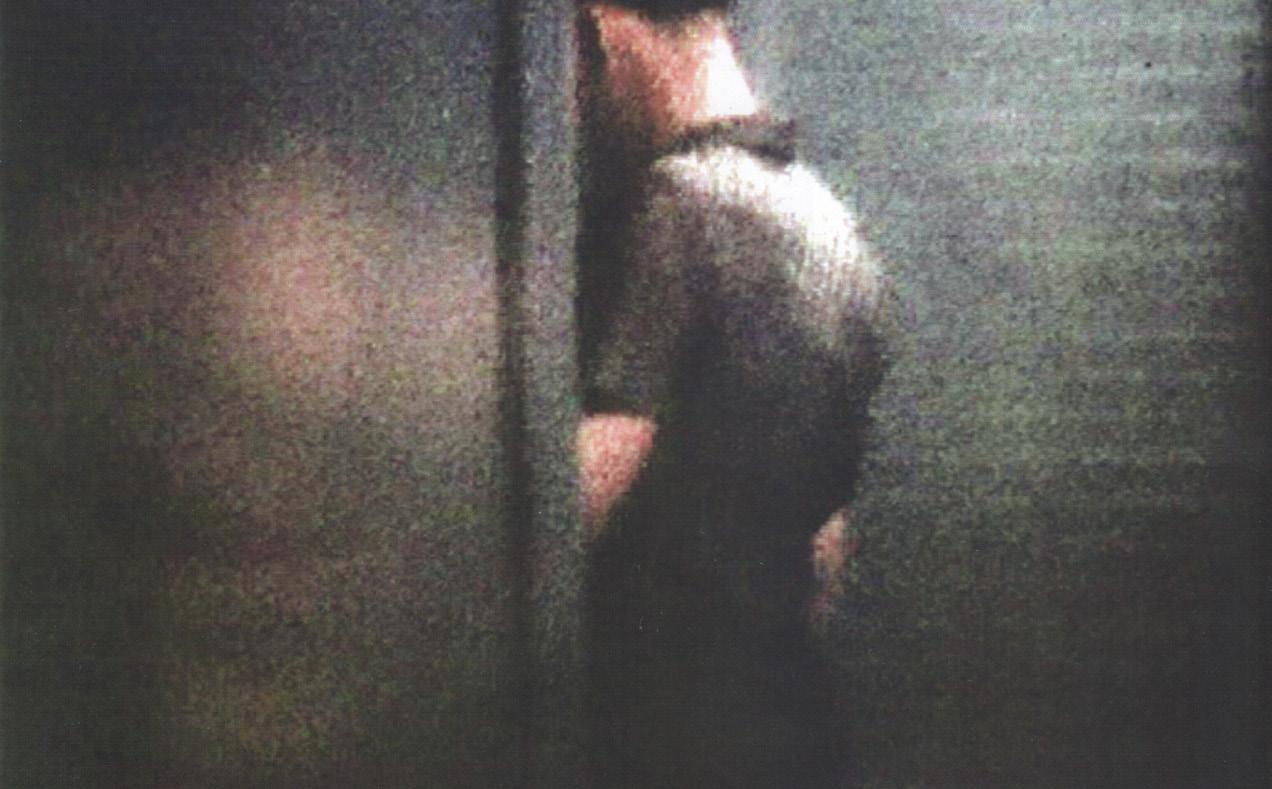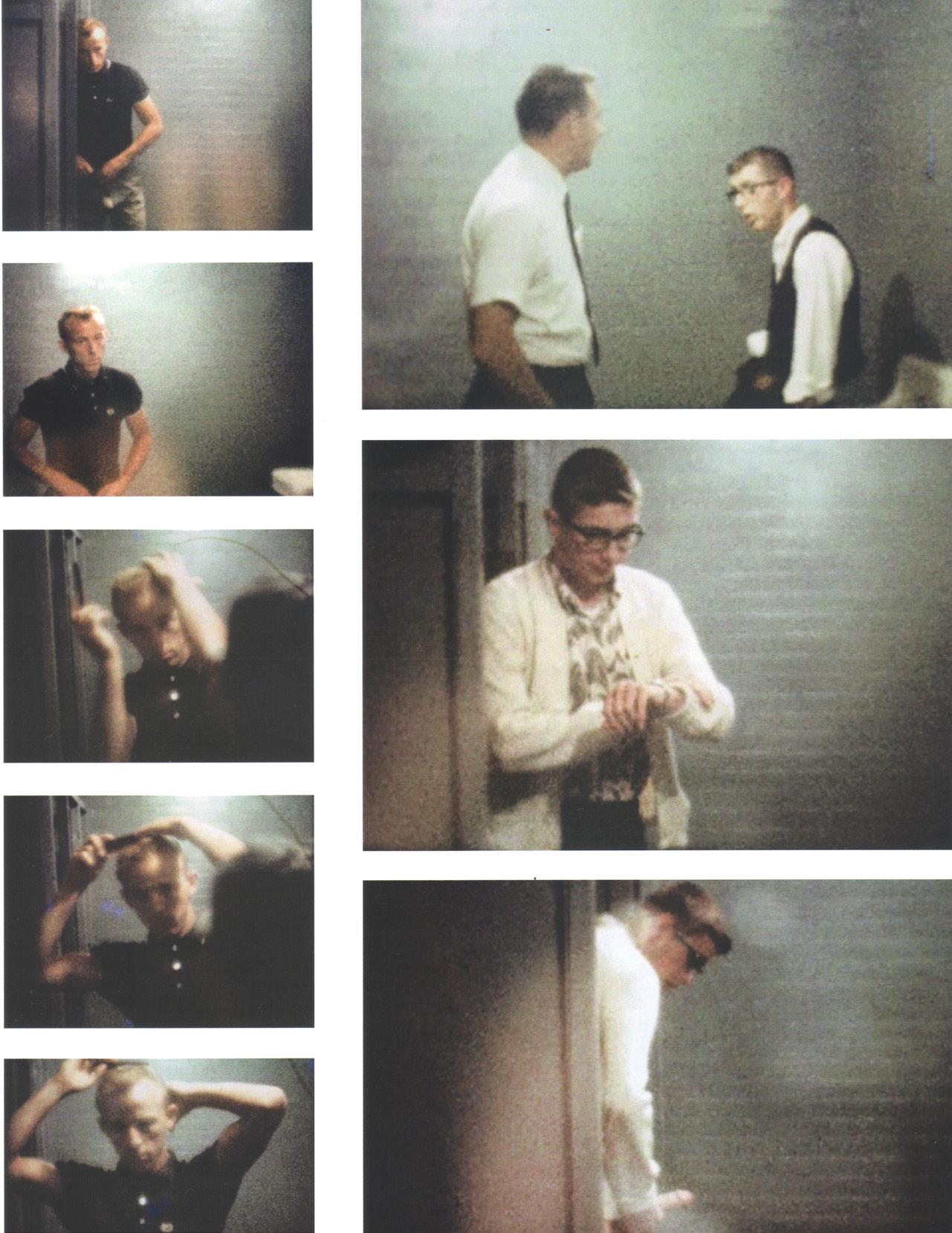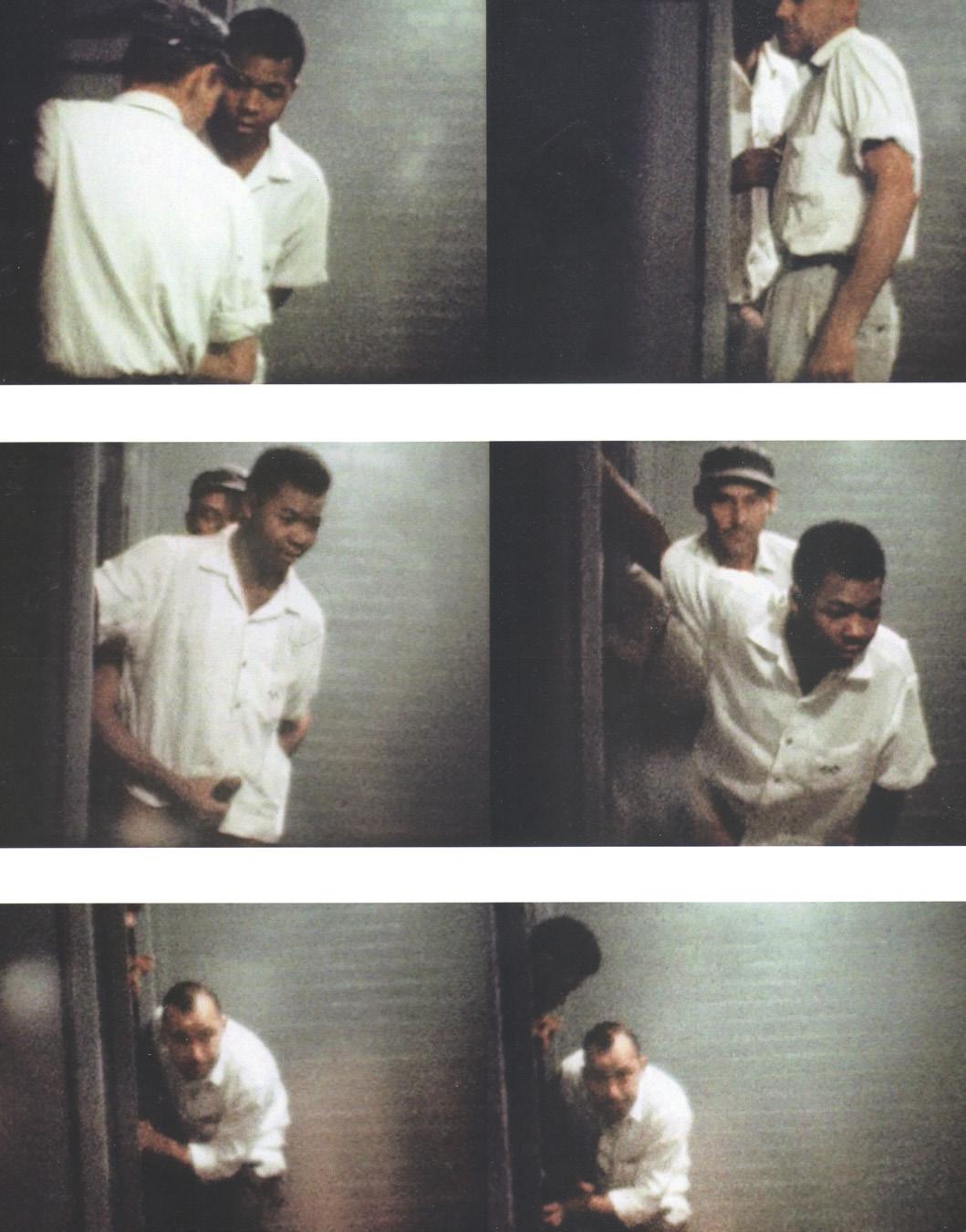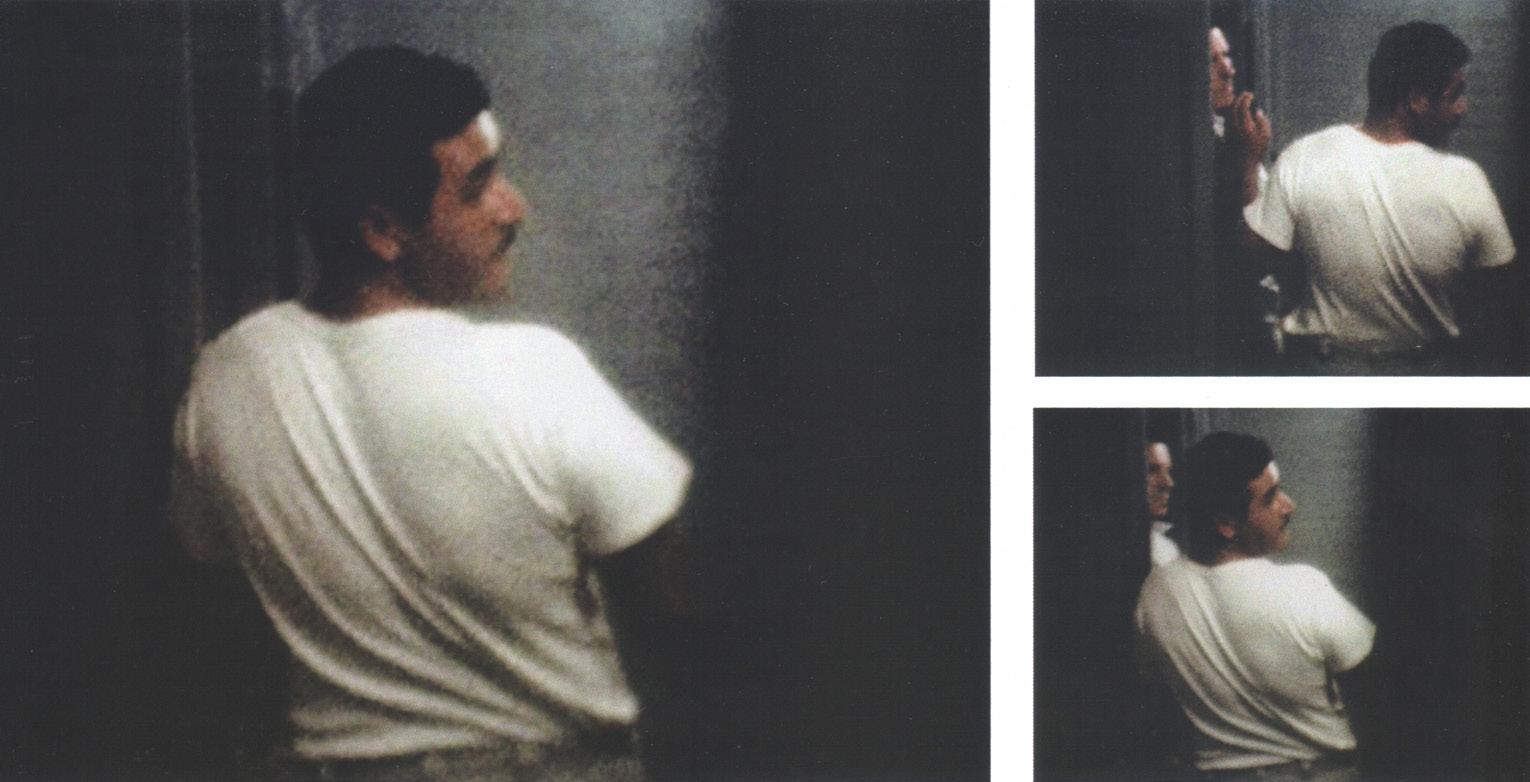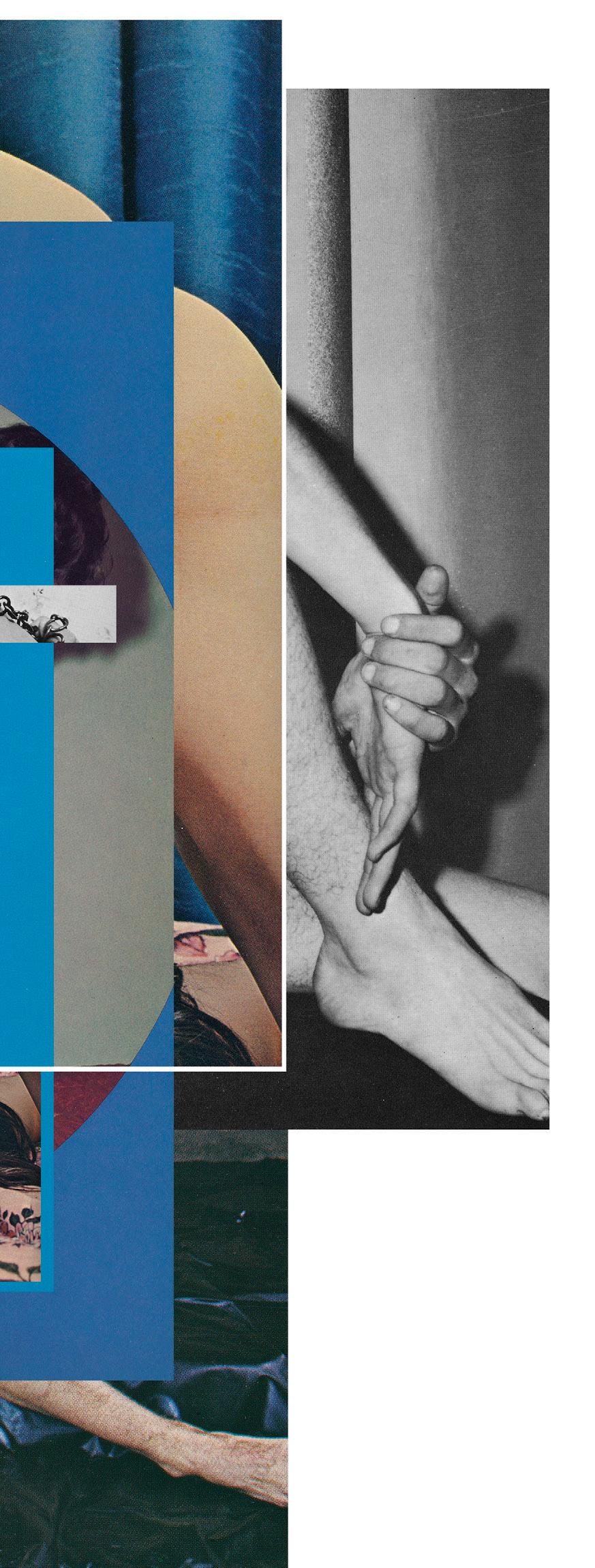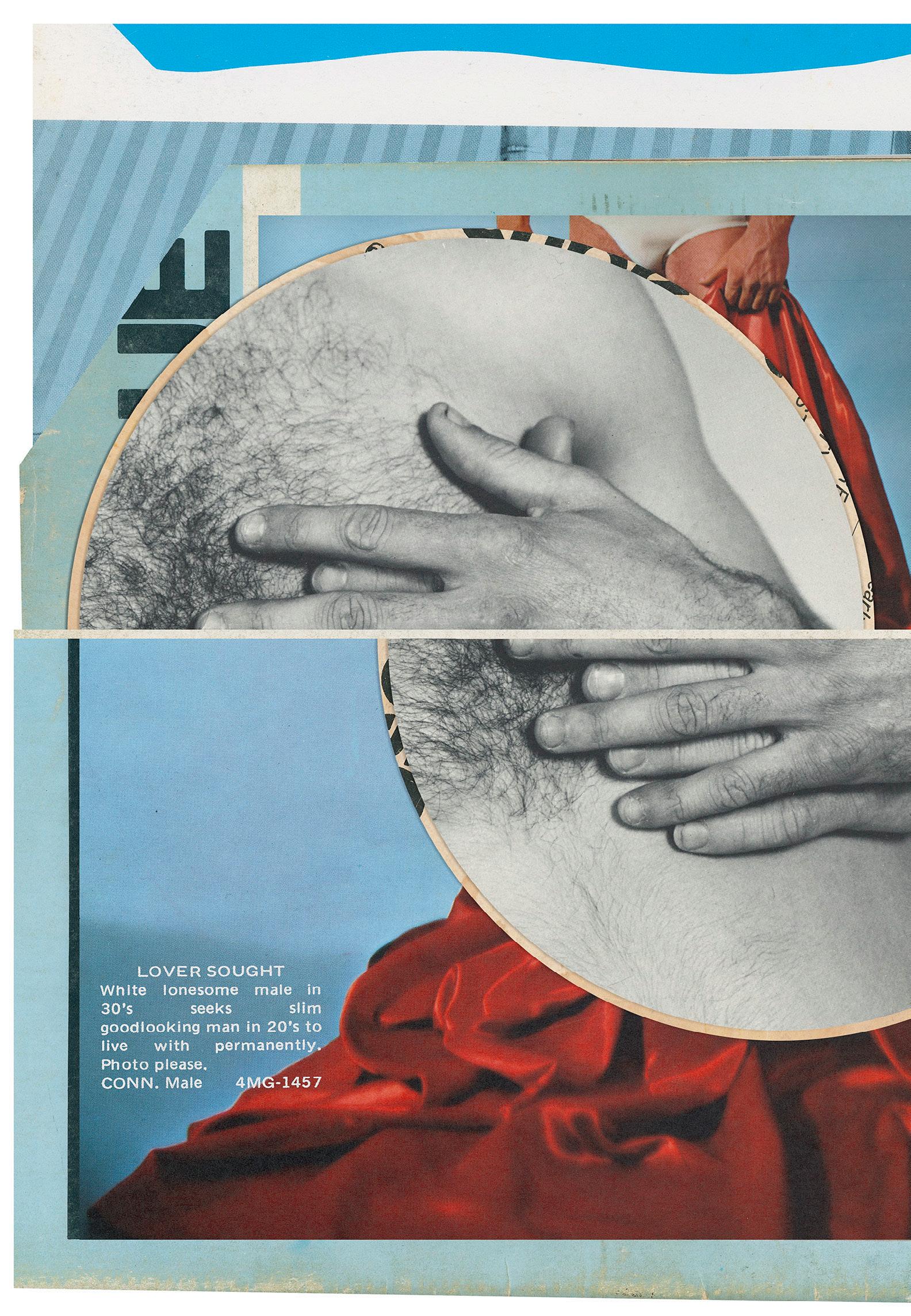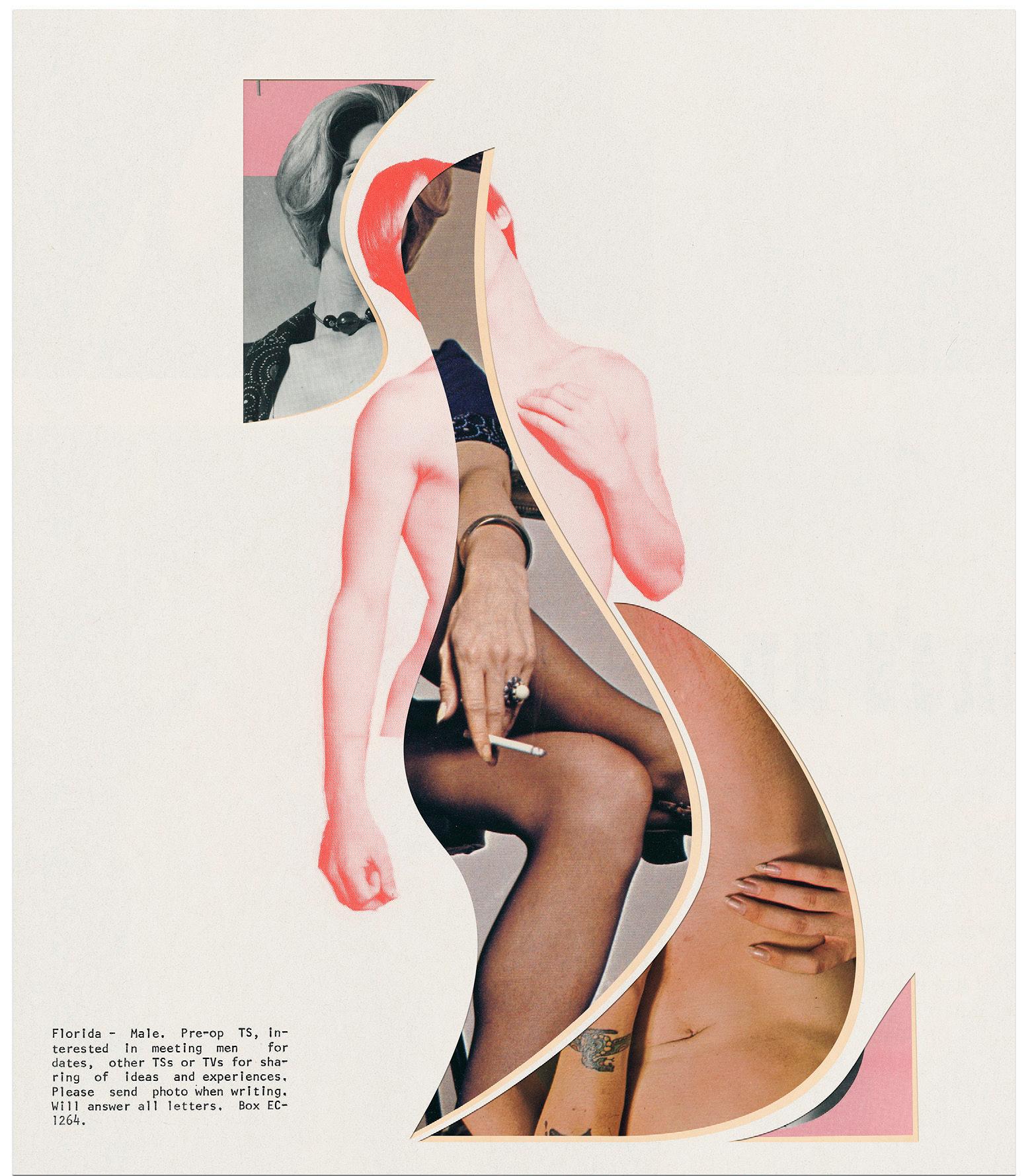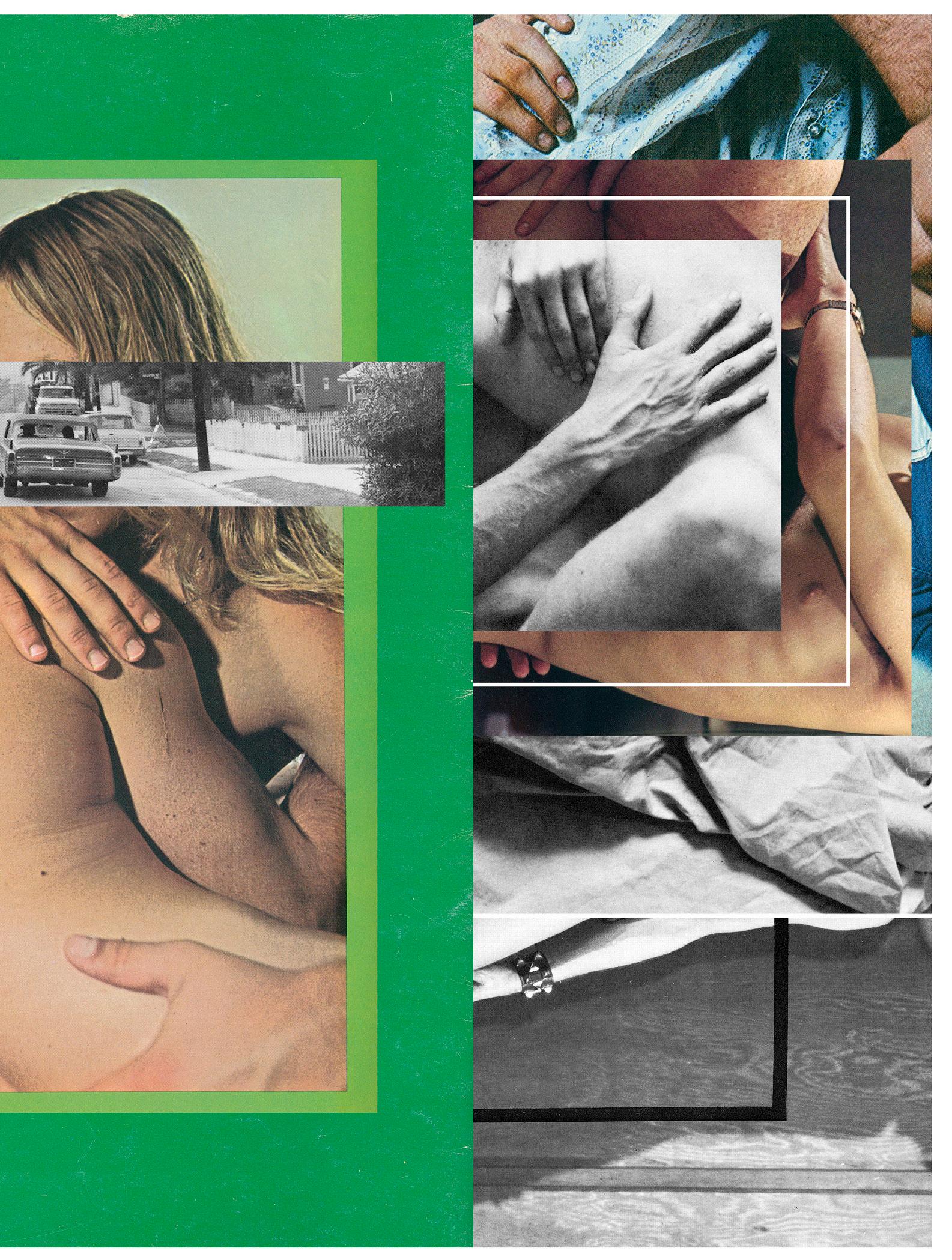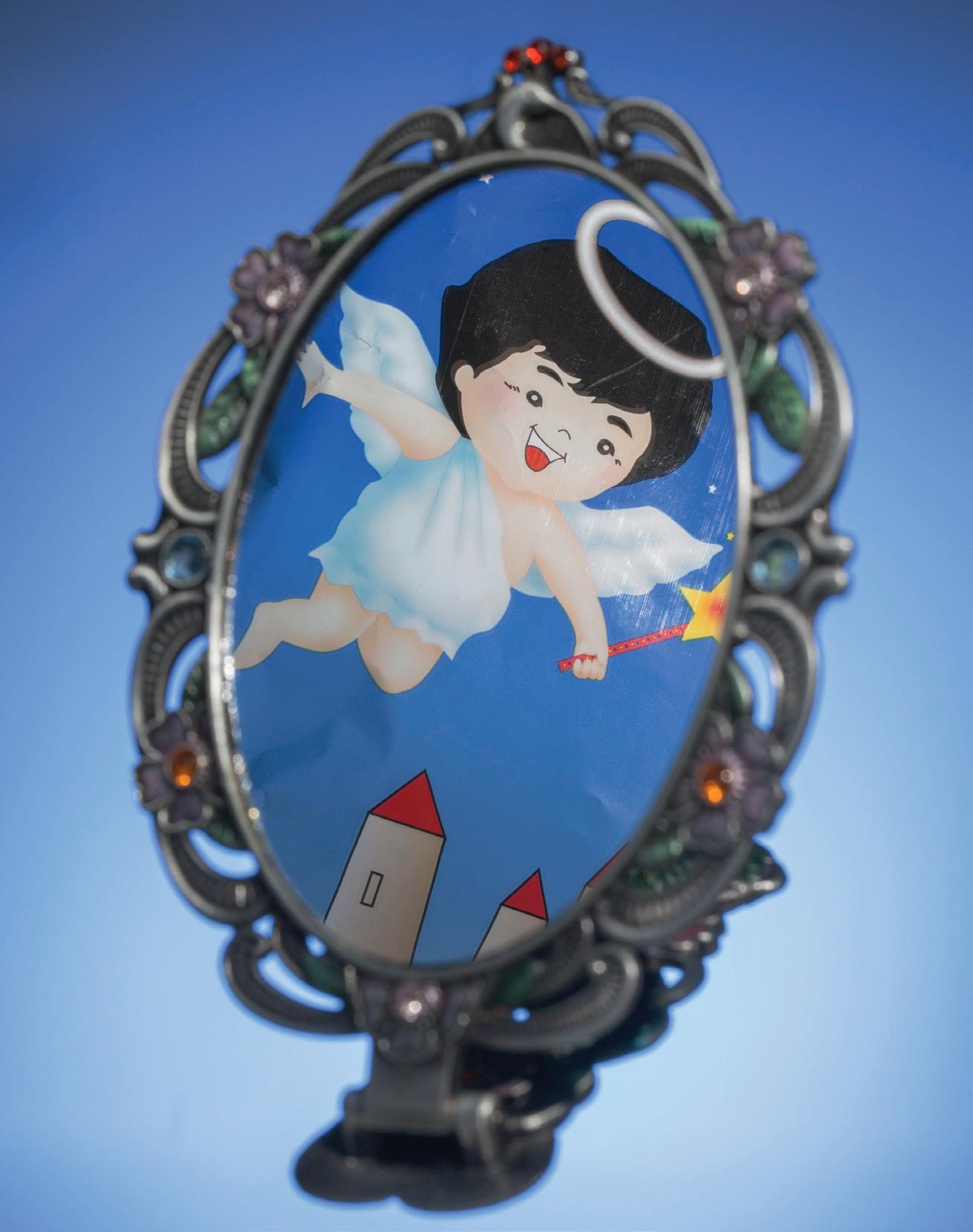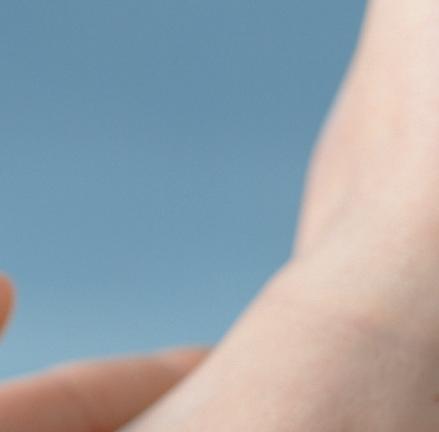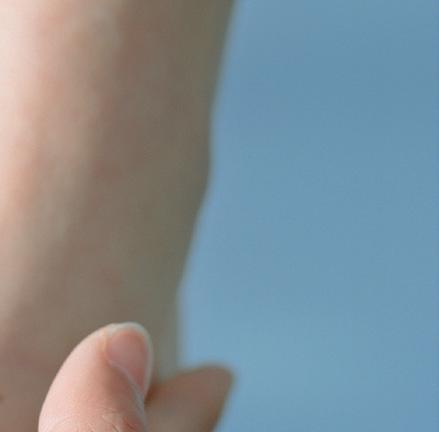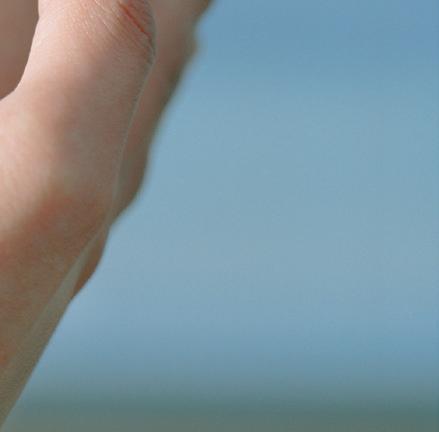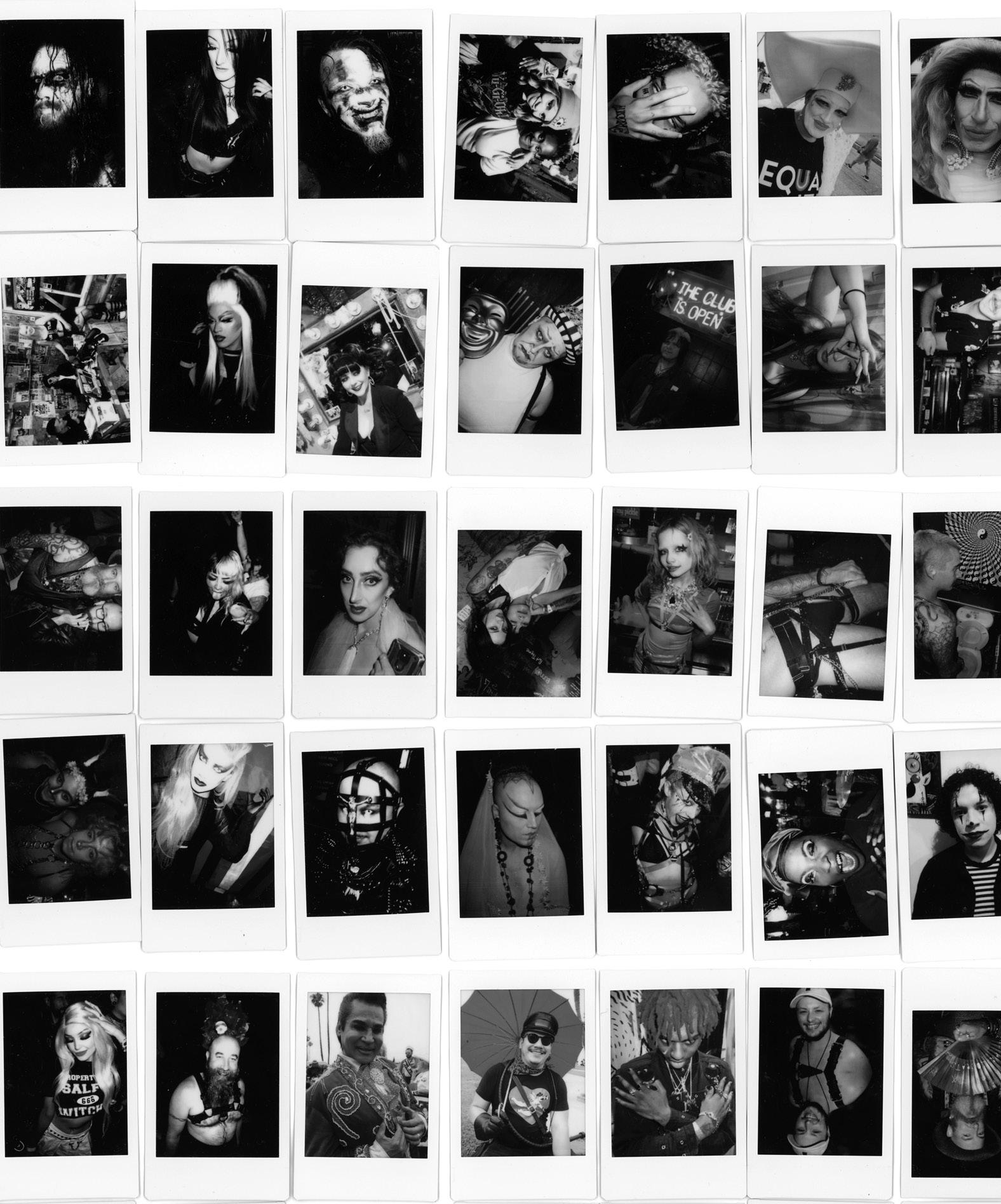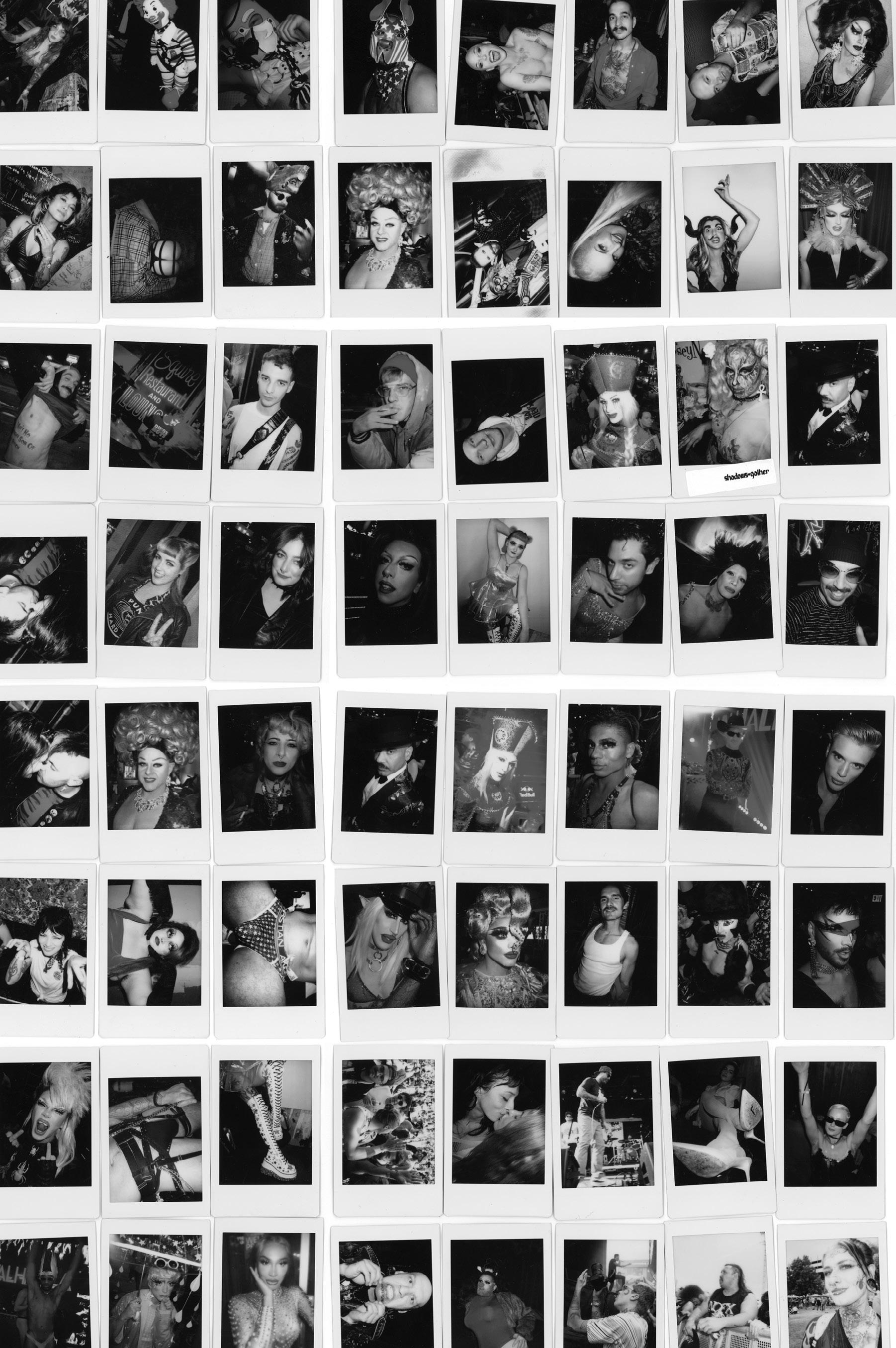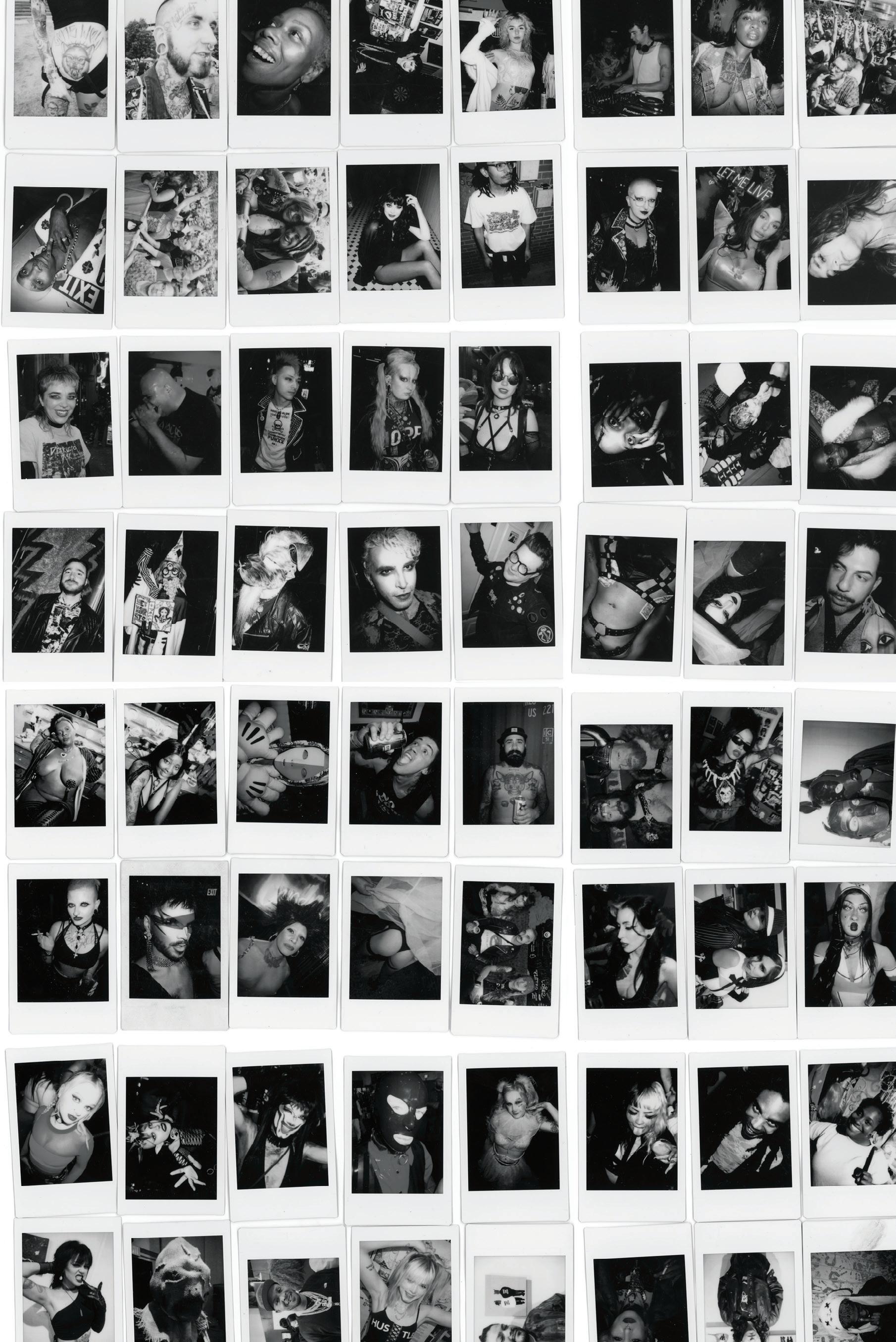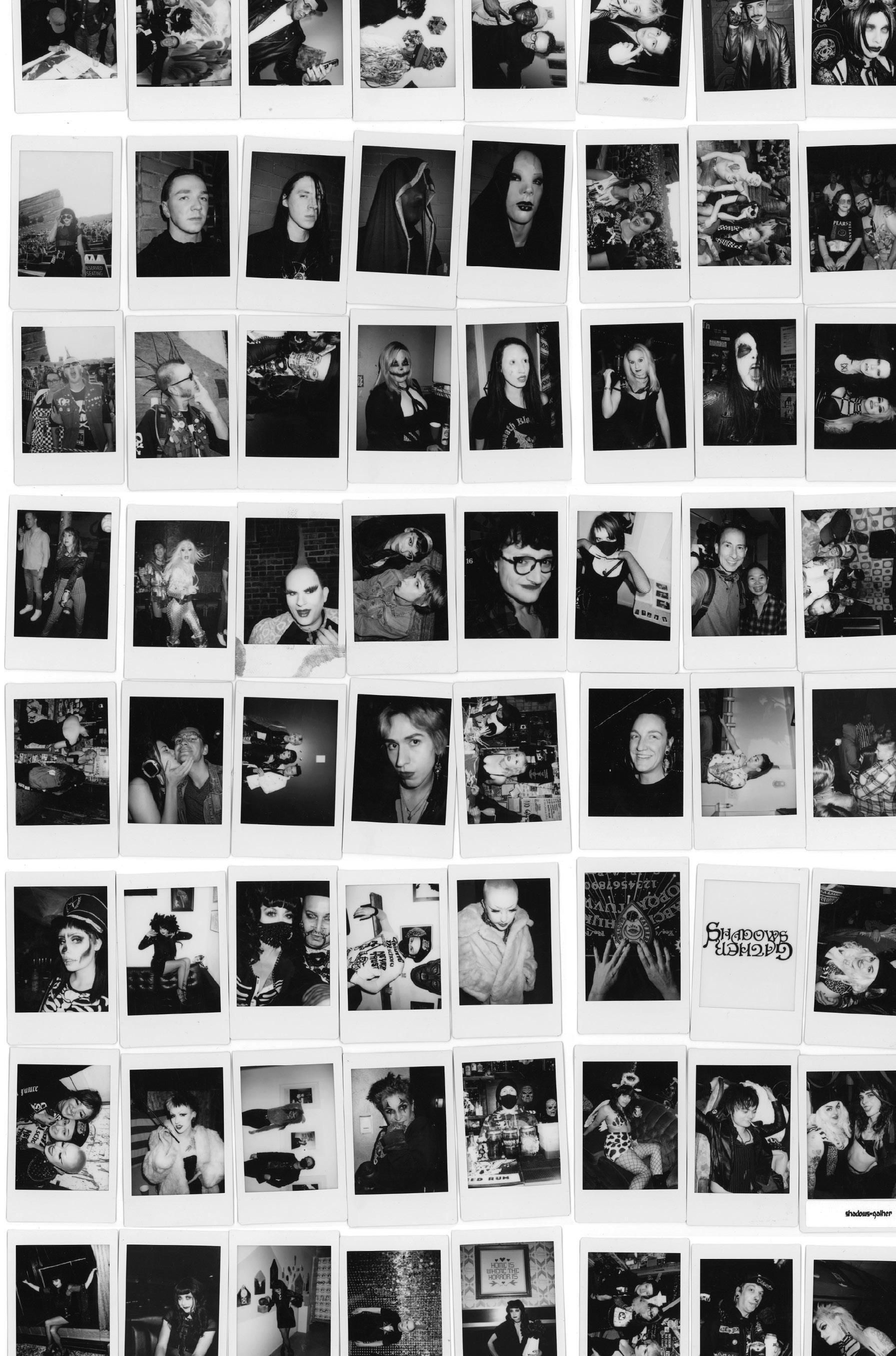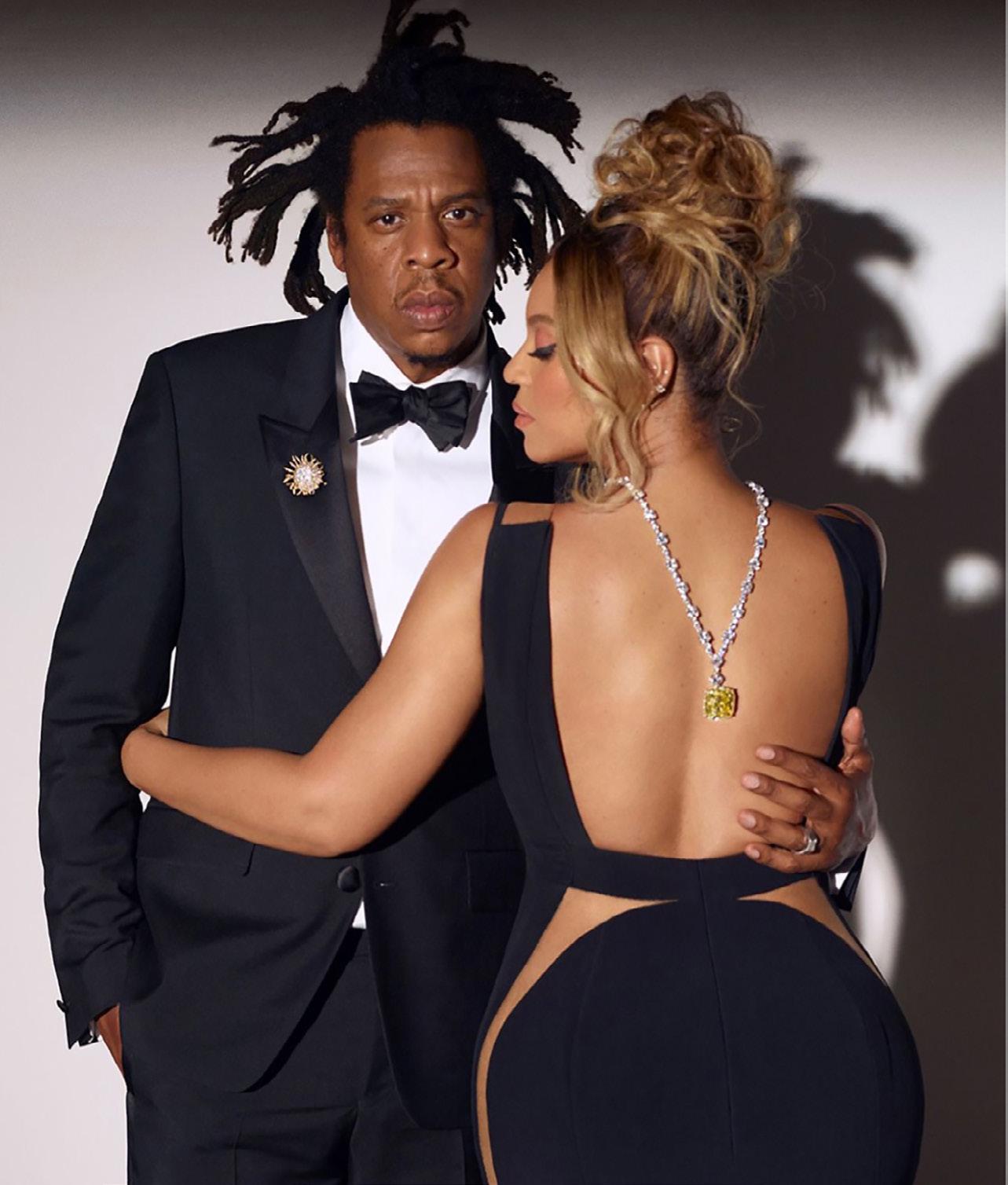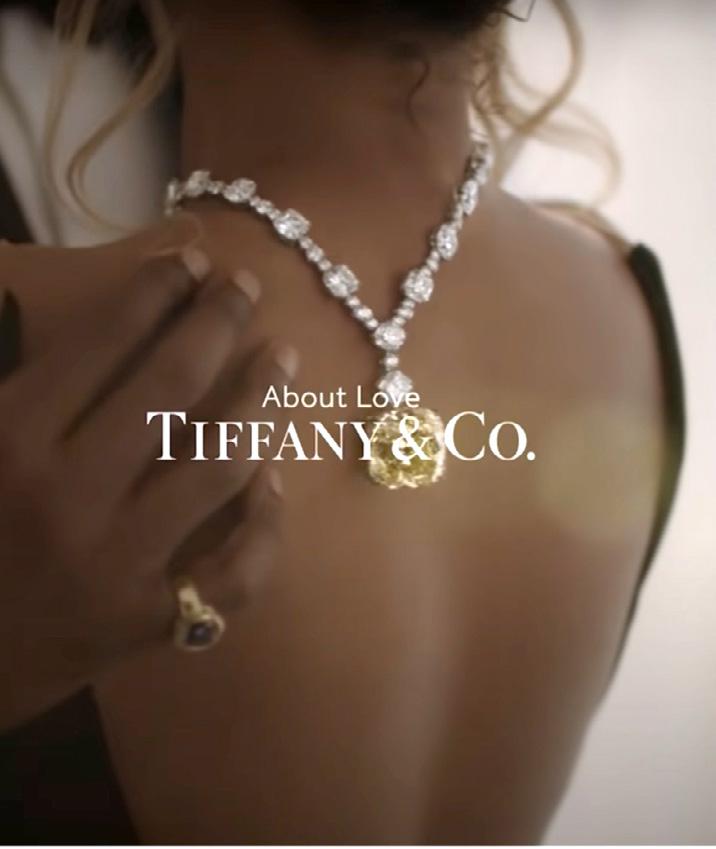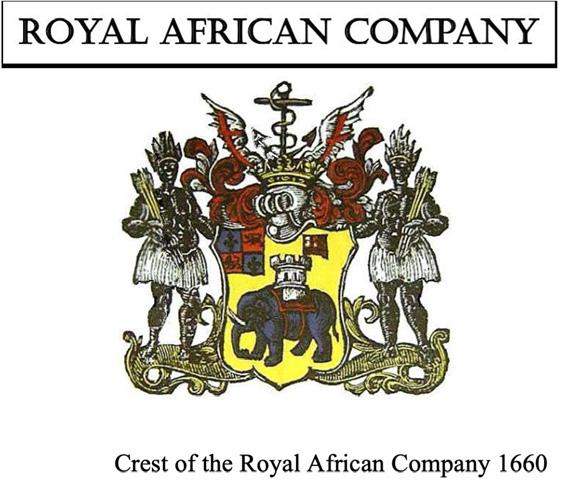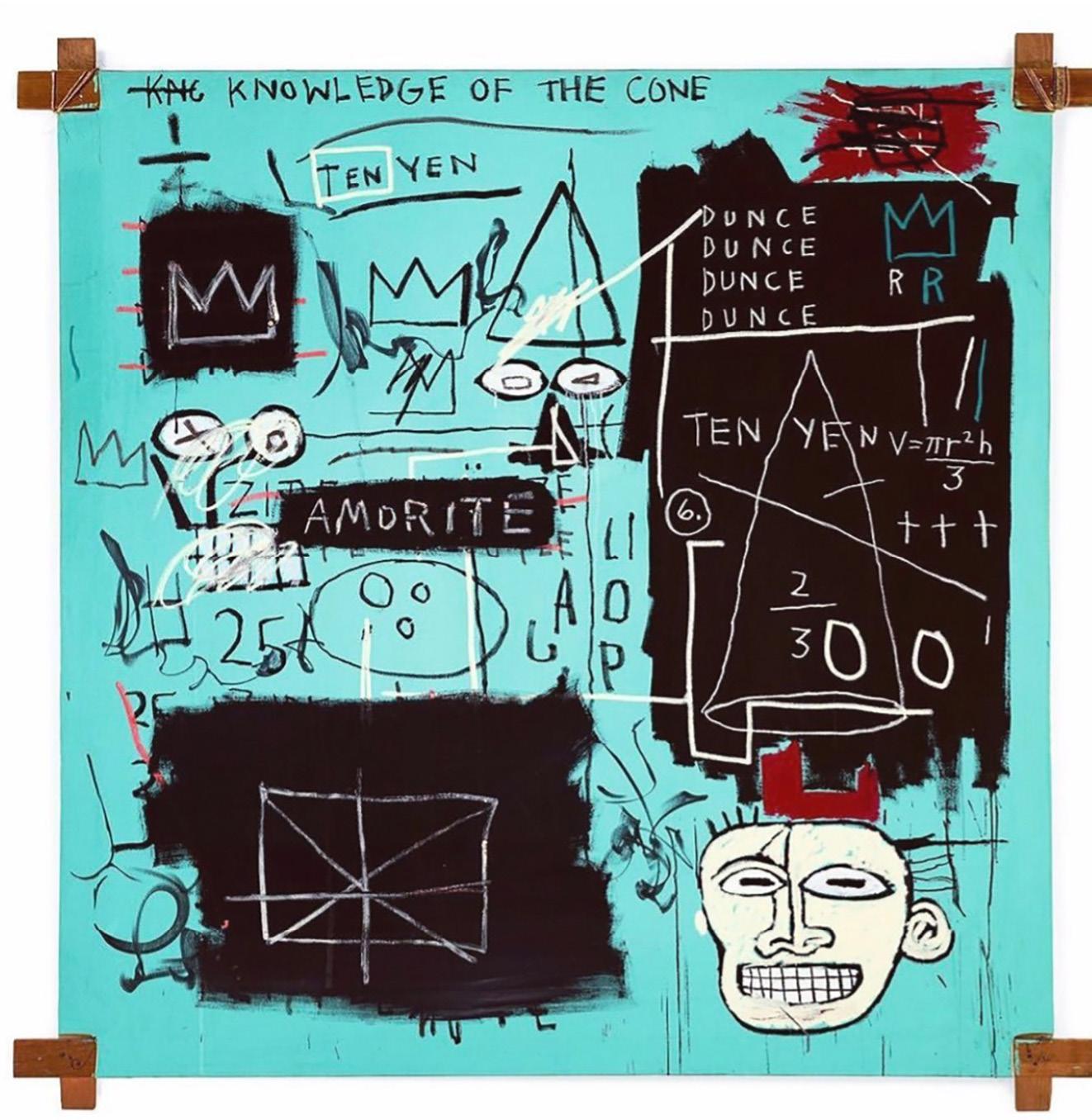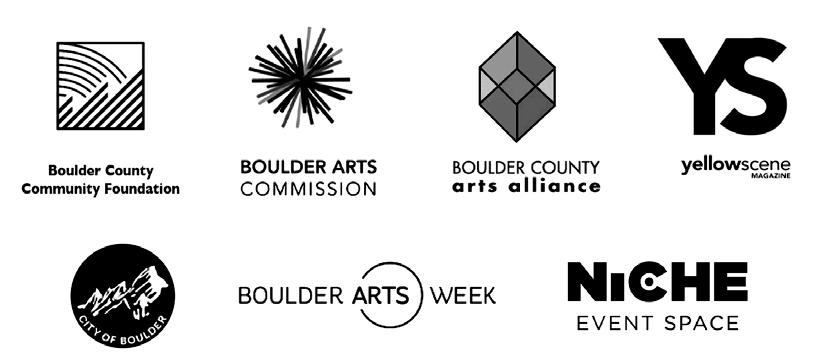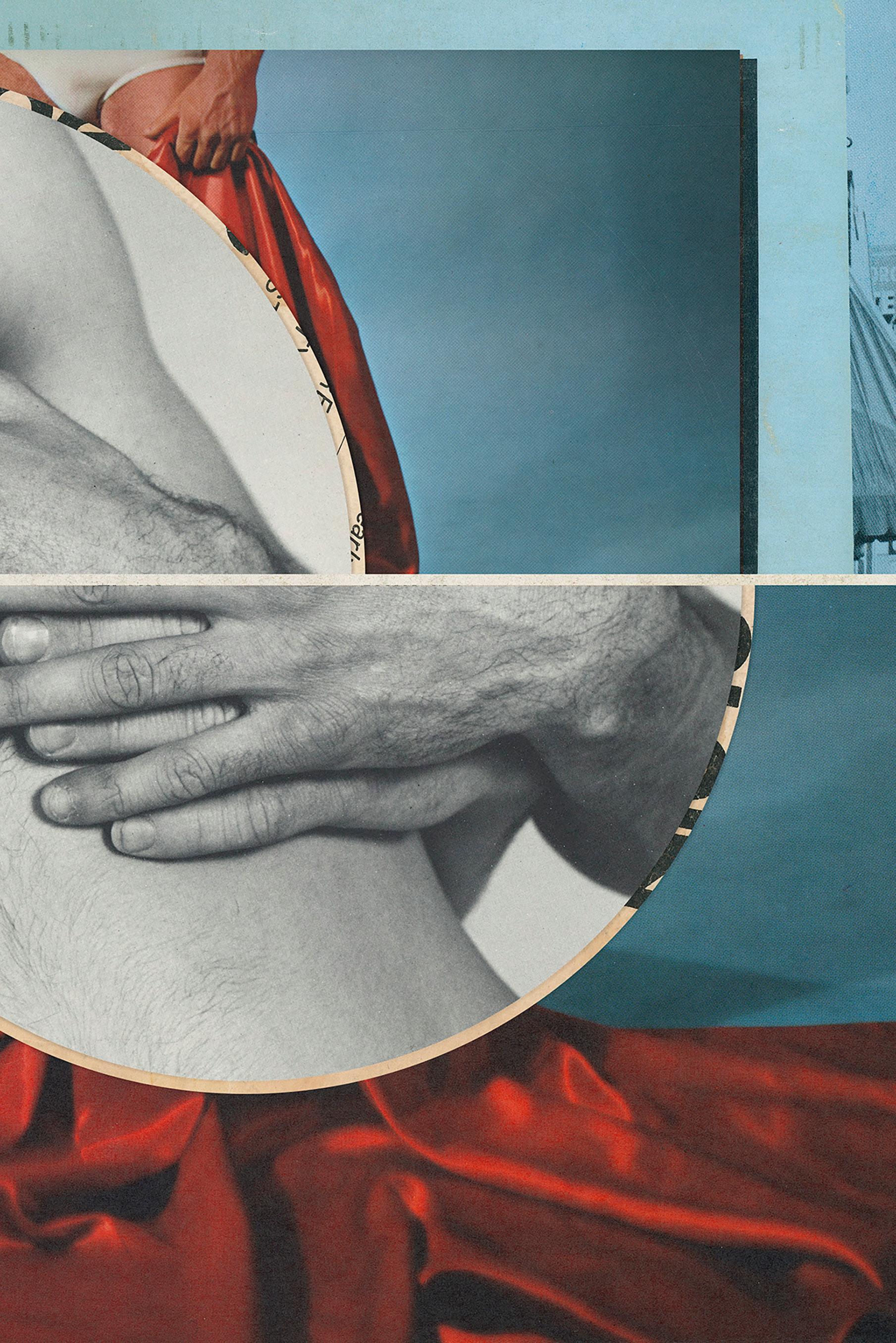WHAT THEY TOOK FROM US
Growing up, my great aunt Lea didn’t have a voice. I mean this literally. When she spoke, it was like wind straining through a spider’s nest. When they were young women in the ghetto, the story went, after their village of Glod had been looted and razed and its Jews kidnapped, they went out one night to meet the men. I was a child and spared unchildish details, but I remember picturing them down in the sewers, shoes in their hands, lifting their tattered dresses from the muck, never above the knee. What a thrill it must have been, even this small rebellion. To be caged in a slum mapped by machine guns and yet defy their captors for flowers at the risk of their own flowering. I imagined Lea singing some popular Yiddish song, dancing with her seven sisters, a constellation of open hearts. But they were not resistance fighters or spies. They were caught and lined up. The Nazis executed them, one by one, sparing only my Babi and Lea, an example. Lea wept for seven days and nights, until her vocal cords snapped from the violence of her cries, leaving her mute. Years later, in the United States, they would be surgically reattached, but the voice of her girlhood never returned.
GENERATIONAL DEVIANCE
I was made of my father’s breath and my mother’s voice. I was disharmony between them and a quiet place a small gesture in the womb of our apartment lively '80s Jewish Brooklyn and the yeshiva culture my parents loved me or each other. I was made flute-boned and ready heart awakened child I misery mystery were one same scuff in the universal carpet I had hope believed in television it was a lonely time but on fire and what isn’t? I was made and it was a sitcom later or before you in the time of Nintendo and Kosher Hut Pizza on Kings Highway where the nobility of Flatbush in jeans and black hats sheitels shades and bandanas made mobs of every Friday at the glatt shop while the stone faces of the Regal Cinema carved their beards into flowers.
AMY KOHUT is a Denver/Boulder artist who has been filling sketchbooks since 1986. Her work started out raw and full of imagination, a blend of simple imagery with punching words— social commentary, politics, queerness, love of nature—amid the imagery. Later in life, Amy has worked hard on illustrative prowess and continues to punch and caress with her pencil and pens, whether by image or word. Amy has been a caregiver in her family for two decades and runs a small dog-care business.





AIMEE HERMAN (they/them) is a gay, non-binary writer and educator. They are the author of the novel Everything Grows (Three Rooms Press) and two full-length books of poems, meant to wake up feeling (great weather for MEDIA) and to go without blinking (BlazeVOX). In addition, they are widely published in journals and anthologies including BOMB, Cream City Review, and Troubling the Line: Trans and Genderqueer Poetry and Poetics (Nightboat Books). Aimee currently hosts several literary series around Boulder, Colorado. They teach creative writing workshops in addition to collaborating with Rocky Mountain Equality on their queer creative programming. Aimee is the founding member of the poetry band Hydrogen Junkbox. They are turned on by public libraries, garage sales, and receiving mail.
IN THE WAITING ROOM
The landscape outside consists of lizards, humidity, car dust, palm trees. Florida feels like a completely different earth than New York City. Back home, bodies are ensconced in wool and shiver; here, my elbows and collarbone cook from the sun.
In the waiting room, we are told about the risks, what will be cut away, what will be replaced, what will become of what should not have been.
He is paying for a different shape. A shape to reflect who he is. The doctor says keyhole, the doctor says incision-free nipple graft, the doctor says drainage, the doctor says skin elasticity, the doctor says blood.
He asks me to take a photograph. I say a prayer (in my head) even though I don’t know any, even though I have never really believed in God or anything other than generational trauma and love, but I say goodbye to the parts of him that were never him.
We wake up early—pre-surgery—to watch the sun climb its way up the sky. The moon is still faint, the wind tries to lift us up off sandy ground. Our dog is unimpressed and insists on waiting in the car. I wonder if my spouse is thinking about his shape reflected off the ocean’s current. I wonder if he wonders what I am wondering.
In the waiting room while my spouse is having his breasts removed, I sit and think about all the other waiting rooms that came before this: while my mom had double knee surgery and, years before that, a tumor removed from her breast and when my dad had a colonoscopy and when my sister gave birth and when my spouse’s father was in hospice and my mother’s suicide attempt when I was barely teenaged and when she tried again years later and when I was waiting for pap smears and when I was waiting and waiting and waiting just to wait.
All the magazines are the same and the television is just a rotation of talk shows and people drink their free hot coffee and text on their phones and some cry and some sleep and some kiss and some fight.
I think about what would happen if we could all just choose our shapes. Away from male or female and closer to just geometric angles. Hello, I am isotopic. Aren’t we all just mathematical equations waiting to be solved? Some more quadratic than others, and if that is the case, all the rips on my body are just practice to see what X stands for.
We are all just a pile of angles.
In Florida, my spouse is bandaged; his shape is flat now. The “big reveal” is in two days when he becomes unraveled.
At night, I take off my brassiere that is sometimes a binder that is sometimes a tank top undershirt that is sometimes caution tape that can be found at crime scenes and hang it from a doorknob. I don’t respect it enough to put it away in a drawer to sleep. My shape changed from not-exactly-boy to not-exactly-girl again, but still not right.
My spouse talks about phantom nipple pain. The doctor removed both nipples, cut them down and then repositioned. We will meet their new shape soon.
I look down at the body I tried to suicide when I was thirty-four and also when I was twenty-seven and again when I was twenty-four and when I was nineteen and seventeen and sixteen and considered a few times before that. I am not supposed to say “committed suicide” anymore. I am not supposed to write: tried to kill myself again. We are supposed to be more polite, I guess, but I much prefer not tiptoeing around my body.
I want to tell him about the ghosts of my body. How sometimes I can still see it unscarred. Now it is scratched-up graph paper but once, once once it was a polished periodical.
My spouse raised thousands of dollars from friends and family to help with the cost of a surgery that should be covered by insurance (especially since erections are).
I contemplate a GoFundMe page to raise money to scoop out the sad diseasing my body and replace it with some version of happy.
While my spouse heals, I hunt for words to describe all of this. He has become this beautiful beam of light that dims some of my darkness, but not enough. Just not enough. All of my bulbs have shattered, and I never thought ahead of time to have a backup generator for times like this.
I guess some shapes are more socially acceptable than others. I am trying trying trying to figure out a figure that feels right.
Our drive back to Brooklyn, we watch the shape of landscape shift as we head back north and the temperatures decrease and the blue sky has multiple wardrobe changes with each passing day.
Aren’t bodies like road trips? Rotating needs from fuel to rest to wonder and even occasional souvenir purchases. The scars on my body are just that— souvenirs from all the shapes I have been and the ones I needed to adjust. Soon, we will fold our bodies into our station wagon, which is like a waiting room on wheels.
Waiting for whatever waits for us now.
WHEN THEY PUBLISH A LIST OF ALL THE WAYS THEY WANT TO UNDO YOU
It used to be spiders, rooms without light, bridges that buried bodies beneath them. The fear grew on me like a December sweater, steel wool threads itching shoulders. Now, men—who presume they are powerful. Now, laws—pieces of paper that try to undo me. Now, money—I’m afraid I will never have enough and I worry what it makes others capable of. I guess I have always been the one in charge of trying to remove myself; my fear, now, is that others are trying, too.
Anemptybowlthatfeelslikeanaccusationcanbethebeginningofafeministlife. 1
Inside, I put pieces of my hair—loose, bloody windstorms. But isn’t it still empty? I use plastic scissors because I want my fingers to struggle as I cut away every claim on my skin that has been denied. I place that man’s voice who asked me why my arms were so scarred. I told him: I tried to kill myself. He said: You didn’t do it right. But isn’t the bowl still empty? I practice expository essays each morning to train my voice into a deeper chord. Use punctuation and footnotes and even an alphabetized works cited to show the vault of trauma. Placed into bowl, but you said it just repeated itself. Isn’t the bowl still empty? I electrocuted my fingers to dig out the wiring disconnecting us all. Took photographs of my stretchmarks because society seems to think they are extinct somehow. Mailed you the history of starvation to explain my discomfort with Western fasting culture. Removed the bruising on my brain from every drug I ever used to help me escape. Put into bowl. Watched it disappear. Isn’t the bowl still empty?
1 from Sara Ahmed’s LivingaFeministLife
ANDRÉ RAMOS-WOODARD (he/ they) is a photo-based artist raised in the southern states of Tennessee and Texas. Their work emphasizes the experiences of marginalized communities while accenting the repercussions of contemporary and historical discrimination. His art conveys ideas of communal and personal identity, influenced by their direct experience with life as a queer African American. Focusing on Black liberation, queer justice, and the reality of mental health, he aspires for his art to help bring power to the people.
Selected for Foam Museum’s TALENT Award in 2024 and a two-time top-50 finalist for Photolucida’s Critical Mass (in 2020 and 2023), Ramos-Woodard has shown their work at various institutions across the United States and beyond, including the Foam Museum (the Netherlands, Amsterdam), the Museum of Fine Arts Houston (Houston, Texas), Leon Gallery (Denver, Colorado), and FILTER Photo (Chicago, Illinois). He received his BFA from Lamar University in Beaumont, Texas, and his MFA from the University of New Mexico in Albuquerque. They currently works as the Exhibitions and Programs Coordinator at the Houston Center for Photography in Houston, Texas.
RAJIV MOHABIR was born in London, England, to Guyanese parents. He grew up in New York City and the greater Orlando area in Florida.
His first collection, The Taxidermist’s Cut (Four Way Books, 2016), was selected by Brenda Shaughnessy for the 2014 Intro Prize in Poetry and was a finalist for the 2017 Lambda Literary Award in Gay Poetry. His second book, The Cowherd’s Son, won the 2015 Kundiman Prize (Tupelo Press, 2017). In 2021, his poetry collection Cutlish (Four Way Books, 2021) was longlisted for the PEN/Voelcker Award for Poetry, received a silver medal from Northern California Publishers and Authors, was a “must-read book” from the Massachusetts Center for the Book’s Mass Book Awards, was a finalist for the New England Book Awards, received the Eric Hoffer Medal Provacateur, and was a finalist for the 2021 National Book Critics Circle Award. Cutlish also received second place in the Guyana Prize for Literature in 2022. His fourth collection, Whale Aria (Four Way Books, 2023), received the gold medal for poetry from the Foreword Indies, the bronze medal from Northern California Publishers and Authors, and was a finalist and Honorable Mention for the Eric Hoffer Award. In 2019, he received the New Immigrant Writing Award from Restless Books for his memoir Antiman (Restless Books, 2021), which also received a Foreword Indies Award for LGBTQ+ Adult Nonfiction and was a finalist for the Lambda Literary Award
in Gay Nonfiction, the Publishing Triangle’s Randy Shilts Award for Gay Nonfiction, and the 2022 PEN Open Book Award. He is the author of the multilingual chapbooks Acoustic Trauma, Thunder in the Courtyard: Kajari Poems, A Veil You’ll Cast Aside, na mash me bone, and na bad-eye me. Mohabir holds a BA from the University of Florida in religious studies, an MSEd in TESOL from Long Island University, Brooklyn, and an MFA in poetry from Queens College, CUNY. He received his PhD in English from the University of Hawai’i and is an assistant professor of poetry in the Department of English at the University of Colorado, Boulder.
Pancha Maha-Bhuta
—Nyāya Shastra 1:1:13
AKASH, SKY
You are not this. The body you now wear will tear like silk. Khuda spoke, Be— and you were a blue expanse, sinew moored to bone. This house of stone and mortar already falls apart. Inside your chest a swan will silhouette against the sun— Who looks up whose body flies above, shadow blackening the earth, wings beating as a heart?
AGNI, FIRE
This morning the sun summons green into leaves. Come fall, they burn in reds, yellows, oranges—until, brown, they release themselves to dust.
You marry around a flame, you will burn as an offering in the end. Your pyre’s trees, woody now, thick in their past lives’ thickets. But for now, light a clay lamp— At noon your skin darkens then smolders into white.
JAL, WATER
Speak, so this month of monsoon blows into deluge. Look, your torn veil cries out in the shehnai’s voice, snagged on a thorn or under Krishna’s foot—that villain. The clay pot you carry on your head he smashes with a hurled stone, and look, your sari floods— Naked footed, you dance on the potsherds. The Jamuna is now swollen, is now dry. The blue god haunts the air— a storm gathers as music. You are a clay vessel that breaks, sweet water called back to cloud.
PRITHVI, EARTH
The foot’s drum, a spinning body, hand molded into breath, dissolves into carbon, nitrogen, oxygen, and phosphorus. And what composes the thrum of the beating heart— chemical or alchemical? What the skin envelops, a star-nova, a universe expands and contracts— Don’t you know this phrase, this larynx, is clay? Even the reed at your lips that drinks your breath springs from the same soil that you return to.
VAYU, AIR
A flute knifes its breath until mid–photic zone an ink cloud distorts any sense of shade, or light. These boulders weep and I too have become stone, igneous, pōhaku singing volcanic song, scree pierced by airshifts: vent and koholā spout, parasitic zone of ash in fast dry, and my music splintering into sand of gold, gold sand of coral and bivalve bones. The miserere nobis caught in a humpback’s cranial sinus porpoises its tone for miles.
Sprung of darkness: air and sound.
LUCKY GARCIA (she/her) is an Indigenous/Chicana writer, performance artist, community organizer, anti-oppression educator, and Indigenous and environmental justice advocate. Her storytelling focuses on her experience as an Iraq War veteran, Native American culture, love, politics, and her appreciation for comic books and science fiction. Lucky’s work has been featured at the University of Missouri Latinx Graduate Program, Rhode Island School of Design, UMKC Women of Color Leadership Conference, Nelson-Atkins Museum of Art, Flatland KC, Literary Gay Romance Festival, Prescott College, and on the streets all across America.
THE WOUNDED
They say, “Time heals all wounds.”
What if time only deepens and infects the cut?
The longer we ignore, the more pus forms on the crust of our grief.
Turning our blood black and our vision blurry.
What if our wounds infect each other?
Poisoning the oceans and the land.
Spreading like conspiracy and apathy.
Distorting morality from love.
What if morality came from the soil and air?
If love were guided by the rivers and rains?
Leading us to the truth.
What happens to God when water is life?
What if our wounds are Her wounds and Her pain ours?
Fever, famine, and suffocation shared.
What if healing was found in compassion?
Not in a ballot, not in a bullet, and not in a bottle.
They say that time heals all wounds
But what if we are the cure?
ALEC DAI uses photography to explore the intersection of queer and Asian-American identities.
For the project Offered Tenderness, advised by photographer Danna Singer, Dai traveled across the United States—from Butte, Montana (where early Chinese miners and railroad workers migrated) to Hartford, Connecticut (where author Ocean Vuong’s On Earth We’re Briefly Gorgeous takes place)—seeking remnants of his queer Asian identity throughout the country. The notion of migration in many Asian-American lives, and the transformation many queer folk go through, continues to be topical in his work today.
Dai works heavily with self-portraiture to investigate the notion of gay narcissism. Dai uses his body to depict 1) the self, and 2) an object that is close to his desires for other men. A selfportrait, to Dai, can represent the loneliness and solitude of queer youth and the subsequent transformations queer men often go through in adulthood before finding a meaningful physical or emotional connection to another. Dai’s undergraduate photography project during his time at Yale, Untitled, was prompted by artist Chen Ronghui, who challenged him to make work about his identity without leveraging physical bodies. Chen asked questions that still find their way into Dai’s work today: Why does modern art commenting on the Asian experience need to have an Asian body in it? Can a still life or landscape say just as much
about the Asian identity? In Untitled, Dai creates a collection of experimental self-portraits, a majority of which do not contain the body but rather small or obscured remnants of the body/ mind. Dai continues to explore the boundaries of self-portraiture and what it can constitute.
Dai has most recently shown at (In) Directions: Queerness in Contemporary Chinese Photography at Eli Klein. He has been featured in Hyperallergic, Photo Vogue, the Asian American Arts Alliance, Whitehot Magazine of Contemporary Art, and Flaunt Magazine.
Dai has most recently been working on a new series entitled My American Portraits.
CAL DURAN (he/him) is a queer, Two Spirit, Indigenous, Native, Latinx, Manito, Mestizo, Chicanx, Indian artist, facilitator, and arts educator from Colorado. His origin story is uniquely his own but is reminiscent of the challenges that many Indigenous artists experience when finding their way. With roots that bring together Indian, Mexican, and Indigenous cultures, he channels those who came before him when he creates. Having works displayed in virtually every museum in Colorado, Cal seeks to build bridges between communities through art, storytelling, and community outreach.
DIGGING
The snow smells
Like spirit
I hear the sound hit the ground
Water
Sacred Saliva
From the other realms
I remember when i was
Young
Digging
Hands numb
Digging
Through the glittery Mounds
Lips frozen
Hair crystalized And i would
Sleep in the snow
My sisters digging me out Picking me up and throwing me back Into the frozen dream
Memories lay
In the snowflakes
Sacred geometry
From our
Sky brothers And sisters
Lay in the delicate
Frozen embers
Of our existence
Knees full of Flakes
My brain frozen in time
Remembering
All the lives
Ive lived The cold Shows me
The past
And we Are blessed with The sacred blanket Of white glow
From The other side
TORN
Sometimes my Spirit feels torn
Shredded and all
Full of holes And frays And faded
Soiled
Limp
Wrinkled
Wilted It takes me time
To Examine All those Imperfections
All the moments
That made my Spirit go Through The ringer And embrace those memories
With love and honor
I hold my spirit
As if it was
A blanket ive
Had forever
And i start to Wash Mend
Iron
Add color to Stitch And Give love
To my spirit
Again Because
Even through the Moments that seem
Unbearable
I know i can
Give beauty to all
The worn out pieces Of who i am And walk away
With A better Version Of Me.
BROWN
Brown is a beautiful color
The sun shines its rays And illuminates
Its earth children
Brown is a beautiful color
Like the soil that grows seeds
Brown and proud
Ancient color
Invokes the layers of
My skin
All the shades of brown I embrace
Like tree trunks
Layers of the earth
Embedded in our fragments
I smile because im brown
I smile because
Im proud
To be brown
I smile because im finally
Happy in my own skin
Brown is my gift
Being brown should be honored
I am the brown from the trails
And paths of my ancestors
Brown feet
I finally know now
In the dark, in the light, In the morning
In the afternoon
In all the hurt, pain, and joy
Brown is a beautiful color
CHARLOTTE PIPER (she/they) is the owner of Level 11 Content, based out of Longmont, Colorado. Charlotte has been working with East Window for the past year as a PR and marketing consultant and is now the assistant to the director and project manager. She is currently a freelance writer, content creator, and marketing mastermind that seeks to use her voice and platform to bring visibility to marginalized creators and communities across the globe. With an eclectic skillset and openness to collaboration, Charlotte has found herself at the helm of some truly inspiring projects, including LIVID and SHINE, both of which she curated for East Window.
TODAY I’M ANGRY AND FOR GOOD REASON.
I was driving my daughter to school this morning and said something about it being the last week of the quarter. My daughter began crying and stressing out because she is failing one class and she has concerns about going to summer school. She then told me that many people in her class are also failing at least one class…
Now, don’t get me wrong, I’m not angry that my daughter is failing. What I am angry about is the public school system as it is designed now only serves one singular purpose: to teach kids how to become corporate robots…
Which might be fine for some, but for my daughter—the quintessential coloroutside-the-lines creative type—this is a system that is failing her.
I’m angry that children these days have to live in constant fear for their lives with school lockdowns and “mandatory” safety drills, all the while being told that they don’t measure up if they don’t fit some type of standardized mold.
I’m angry that we live in a society that tells our young women that in order to be “beautiful” they must be a size 2, have perfect hair, and wear 10 pounds of makeup on their faces.
I’m angry that women are constantly slut-shamed for being empowered about their bodies and actually having love for their bodies despite them being “flawed.”
I’m angry that we live in a society where the victim is blamed when there is a rape, yet we haven’t even considered for a moment making the perpetrator accountable for their crimes. Or that we haven’t even thought to teach young men what it means to respect a woman’s right to choose what she does with her own body.
I’m angry about the political hierarchy of our society and that there are people who are still buying into the fact that they actually have a “choice.” It’s all a farce. What makes me the angriest of all is that there are people who are sent to die for our country, defending our right to vote, when the system has bastardized the electoral process.
I’m angry that there are still people who believe that the color of a person’s skin is more important than the content of their character.
I find it flabbergasting that there are people who are alienated and discriminated against simply because they love a person of the same physical gender as them. And don’t come at me with your religious/biblical bullshit agenda on this one unless you completely 100% adhere to ALL of God’s commandments. (And I’m not just talking the 10 commandments handed down to Moses on the mountain...)
I’m angry that there are bullshit government entities that are designed to lull people into a false sense of security. I’m talking about the FDA, the USDA, and the EPA. All of these agencies are bought and paid for! Every single one of these agencies will happily look the other way for the right amount of money…
I’m angry that we have people who care more about what the Kardashians are wearing than the fact that our inalienable rights are being stripped away one by one.
Speaking of inalienable rights, I am angry that people who want to grow their own food, harvest their own rainwater, and live peaceably are criminalized. Our planet is practically crying out for relief, and we need to give more back to her than we take lest we forget one important thing: Mother Earth can wipe out any of us puny humans in a blink of an eye. Have you not noticed the abundance of natural disasters that are PREVALENT on this planet? Have you not asked yourself why this is happening?
Perhaps nature’s response to all these aforementioned atrocities is to wipe the planet clean of the very virus that is perpetuating all this toxicity. Yes, I am referring to US, the human race, as a virus.
Even through all this anger, I can still see inspiration. Motivation. All these things mean that there is great opportunity for change. It means that at some point the pendulum will swing the other direction and we will start realizing these changes, whether it be through force or through open commitment to living a life of virtues.
I see it around me every day. People who are fighting for their rights. For equality. For the right to know what they are putting into their bodies. People who see through the veil placed over their eyes.
This gives me hope. I only hope that we can find a brighter tomorrow before it’s too late.
If you’re as angry as me about any or all of these things, then I invite you to use your anger as fuel and motivate yourself to be part of the change that you want to see in the world! Stop abdicating responsibility to someone else.
Because ultimately, we are who we’ve always been waiting for.
“I’m battling right now. There’s a war waging inside of me...
All of this seems so overwhelming. How can I not be worried when there’s so much at stake?
I pray for a miracle, for all this seems so impossible. The very words that I’ve used to uplift and encourage others are but vacant echoes within my psyche.
I want so badly to give up.
But something inside of me just won’t allow that.
Still, I wonder if I can ever be the blessing that my loved ones deserve.
Will I ever realize my purpose?
I keep the faith day after day, but I feel so drained.
All this, and every doubt, fear, and insecurity, I am releasing now. For I hold the key to clarity: my own freedom.
I am now free of worry and limitation. As I say it, it is done and so it is.
I am now invoking the power of the Almighty to work miracles in my life.
Amen” Did it work?
Gay-tekeeping in the queer community is probably about as historical as Stonewall itself, but, ironically, it undoes all of the work that we have done to fight for equality. There is a reason why there is an entire alphabet of letters that make up the LGBTQIA+ community. The reason is that our community is just that—OURS.
OUR community does not exist without trans people. OUR community does not exist without drag performers. OUR community does not exist without bisexual people. OUR community does not exist without queer people of color. OUR community does not exist without femmes. OUR community does not exist without studs. OUR community does not exist without non-binary or genderfluid people.
We could go on and on with a litany of examples of how gay-tekeepers in this community punch down upon others who they see as “less fit” to participate, but that’s not necessarily the point of this exercise. The point is to highlight the fact that this kind of micro-aggression toward members of our own family is a core part of the reason why we are continuously the targets of bigotry and hatred.
Those who like to play gay-tekeeper to the queer community often talk about whether or not a person is “passing.” Passing for what? A queer person can exist on any spectrum and still be “passing.” Just like the rainbow that represents us, what makes the queer community so vibrant is the wide variety of individuals that make up this beautiful village of humanity.
And quite frankly, the constant infighting within the Alphabet Mafia is beyond exhausting. It only weakens us. It makes us easier targets for bigots and zealots.
After all, if we cannot support one another, how can we expect those from outside of our community to show us support?
While we do have plenty of allies who can look beyond this ridiculous infighting, we, as queer compadres, are stronger when we are aligned and united together. We are all that we really have. The truth of the matter is that, for some of us, this community IS all we have. For some of us, this is our only family.
Not every queer has the luxury of having an ally in their life. Many of us face familial and societal shunning when we are courageous enough to come out. We don’t need more pushback from our own community when we face it every single day just for existing as who we are.
Now many members of our Rainbow Crew are direct targets of radical Christian Nationalists and conservative politicians. Are we really going to sit back and allow for members of our own family to be relentlessly attacked, legislated against, and, ultimately, unalived simply because we consider that person as not “passing?”
A common “argument” that some of these gay-tekeepers use to justify their own internalized bigotry is that they don’t feel safe within the community since certain individuals within the community are consistently targets of societal and political hatred. This argument could not be more ridiculous or exclusionary.
Do you really think that this limiting “pick me” attitude will afford you any more safety and security?
Do you really think that aligning yourself with the very people, politicians, organizations, or belief systems that wish to oppress us will spare you in the end?
If you are gay-tekeeping within the queer community, you are doing as much harm as any of them, if not more.
Make no mistake: when the shit hits the fan, those very people, politicians, and organizations will come for you too.
We must actively work together to embrace our own in the face of this violence. We must dismantle our own internalized homophobia and transphobia in order to accept and uplift those within our Rainbow Family. We must understand that we are so much stronger when aligned than when we are divided.
As a community, we must cultivate safe spaces for the kids who are coming up behind us who are lost, so that they don’t get left behind. We must actively work toward a brighter, more accepting future, so that ALL OF US, regardless of how we identify, can thrive TOGETHER.
Is this a utopian dream? Perhaps it is.
But does that mean that we just throw our hands in the air and do nothing? No.
What we do together, as a family, is figure it out. We work together to obliterate these harmful practices from within ourselves and this community. We work in cooperation to create real, lasting change.
We must put an end to these detrimental and divisive gay-tekeeping tactics altogether.
Our survival and the survival of our children depends on it.
Iwrotethesewordsafterreflectinguponhowifaloverorspousedaredtotreatme the same way that extremist Christians treat me and others who refuse to follow blindly,Iwoulddropthemlikeahotpotato.
Title: My Letter of Resignation
Author: Charlotte Piper
Dear Fundamentalist Christianity,
We need to talk.
You see, I’m no longer a fool for you.
Despite my increased attempts to put distance between you and me, you keep forcing yourself back into my life.
Without my consent and against my will, you keep showing up like a jilted lover whose advances I’ve denied time and time again.
Showing up at my doorstep demanding that I repent.
Stripping me of my bodily autonomy by making your doctrine law.
This is my own truth, but it is a sentiment I’ve had reflected back to me time and time again from countless others whom you have groomed, then abused, and then gaslit.
You drink the blood of Christ yet deny responsibility for the blood spilled in the name of the very Savior you dedicate your life and lies to.
Having carried out countless acts of violence toward those who refused your indoctrination while suckling at the teet of your carefully manipulated victims’ tithes.
That you dare to call me a sinner for refusing to follow blindly while you turn away from the abuse happening behind your own pulpit.
Is this not hypocrisy?
Is this not gluttony?
Is this not blasphemy?
Does your book and creed not forbid you from doing these very things?
While you place a target on the backs of those I love, namely my own flesh and blood, just remember that when you’re pointing your finger toward the innocents of the world, you have three pointing right back at yourself.
You proclaim your hatred and bigotry “in Jesus’s name,” but if he were alive today, he would read you for filth just like he did the Pharisees.
How can I be expected to respect or take heed of anything that you say when your actions are in direct contradiction of your words?
And despite the clear boundaries I have set, you continuously show up in my life.
Attempting to dictate how I live my life.
Telling me that I’m wrong for living how I live and for loving whom I love.
Chastising me by saying that you’ll “pray for me”.
No thanks. I’m good.
So you see, this relationship has become toxic in a way that is no longer beneficial to my well-being.
I gave you more than enough chances to show me that you were different. But you’ve shown me over 700 million reasons why you can’t be trusted.
So. Today is the day that we must part ways.
And despite what I’m sure you’ll tell everyone…
That I’m the blasphemer.
That I’m the sinner.
That I’m the one that lost my way…
Despite the despicable lies you’ll no doubt spread to deflect and dodge accountability.
The truth of the matter is…
It’s not me. It’s you.
WILLIAM E. JONES has been producing films, videos, photographs, and books that re-examine existing cultural materials for over three decades. While some of his sources are archival images and texts, he is equally at home out in the world, taking pictures and conducting interviews. He has explored the decline of America’s industrial Midwest, the representation of gay men in sources as diverse as Eastern European pornography and police surveillance footage, the psychedelic visual potential of Cold War military footage, and poetic connections between the randomized nature of the Internet and ancient philosophy. Jones’s varied production is a testament to the degree in which he rethinks the role of the artist, as well as his critical stance toward a culture that undervalues commitment, intellectual engagement, and embodied personal connections.
Jones has been the subject of many solo exhibitions and retrospectives at institutions including Gund Gallery at Kenyon College (Gambier, Ohio, 2023); Wexner Center for the Arts (Columbus, Ohio, 2015); Saint Louis Art Museum (Saint Louis, Missouri, 2013); Austrian Film Museum (Vienna, Austria, 2011); Anthology Film Archives (New York, 2010); and ar/ge kunst Galerie Museum (Bolzano, Italy, 2009). His work is in the public collections of the Australian Centre for the Moving Image (Melbourne, Australia), Hammer Museum (Los Angeles), Los Angeles County Museum of Art, San Francisco Museum of Modern Art, Saint Louis
Art Museum, and the Tate (London, UK), among other museums. Recent and notable group exhibitions include Histories of our Time, Kunsthaus Baselland (Basel, Switzerland, 2019); FRONT International, Cleveland Triennial for Contemporary Art (2018); Ordinary Pictures, Walker Art Center (Minneapolis, 2016); and the Whitney Biennial 1993 and 2008, Whitney Museum of American Art (New York). His latest novel, I Should Have Known Better, published in 2021. He is also the author of True Homosexual Experiences: Boyd McDonald and Straight to Hell, Halsted Plays Himself, and I’m Open to Anything. Jones lives and works in Los Angeles.

A tearoom is a public restroom used for brief, anonymous sexual encounters. The origins of the term are unknown. The word possibly derives from British slang use of the word tea to mean urine. No one can specify the historical origins of meeting in bathrooms to have sex, but the practice is certainly nothing new. Before every large American city had a selection of legal, safe gay bars, the tearoom was the main meeting place for men who wished to have sex with other men. According to the testimony of many older gay men, sexual activity in restrooms was widespread and constant in the Midwest in the early 1960s. Toilets in department stores, in parks, along public highways, and even in county courthouses were hotbeds of tearoom trade.
MANSFIELD 1962
The Mansfield tearoom busts may not be especially well-known, but they have a personal importance for me. I was born in 1962, during the period between the arrests in the case and the first appearance of the suspects in court. Mansfield is an hour’s drive away from my hometown of Massillon, Ohio. While I was growing up, no one ever talked about the dozens of men convicted or the tactics used to round them up. I knew nothing at all about the case until I happened to find a film about it on the internet.
On the Planet Out website, in alphabetical order immediately before my own film Massillon, was an entry called “Mansfield, Ohio Tearoom Busts.” The file uploaded there was a degraded copy of a film called CameraSurveillance, a bootleg obviously made in adverse and clandestine circumstances. Produced by the Mansfield Police and intended as an instructional film, Camera Surveillance demonstrated how the department had set up a sting operation in the tearoom under the central square of the city. The voice-over narration, as illiterate and hateful a text as I have ever heard committed to film, provided evidence of law enforcement’s unenlightened attitudes. While I knew that these attitudes existed indeed (they still do), in Camera Surveillance I saw that they were not only acknowledged as official policy but held up as a standard for other police forces to imitate.
The most emotionally intense and memorable sequence in Massillon is a tearoom scene. It sets a tone and provides an introduction to the final third of
the film—an analysis of laws proscribing sexual activity in the United States. At the time I made Massillon, my first film, I was not yet aware that another tearoom scene—this one with catastrophic legal consequences—had transpired so close to home.
When I learned about the Mansfield tearoom busts, I felt as though I had found, among other things, a confirmation of what I had written about in Massillon I suspect that the witch hunt in Mansfield must have left its mark upon my upbringing and cast a pall on what there was of gay life in the region. Camera Surveillance inspired me to do a substantial amount of research and produce a work about the case.
I chose not to make a Mansfield in the style of Massillon, but instead to re-edit the material I found and present it silent, without commentary. At the time, I considered the voice-over narration distracting and the images powerful (and self-explanatory) enough to stand on their own.
When the work I made from this material, Mansfield 1962, was shown to audiences, I discovered that some spectators laughed at the footage. Laughter is a fairly common reaction to unexpected images, but in this instance, there was more than discomfort in the response. Camera Surveillance’s clumsy
re-enactments of police procedure lent a campy aura to the video and, worse yet, gave rise to the suspicion that the entire work was somehow fraudulent. In this era of fake documentaries and falsification in many aspects of public life, an elaborate simulation might seem plausible. From this point of view, the degradation of the image could serve to cover up problems in art direction or acting. I hesitate to guess what my motives for such a fraud might be; I wasn’t selling the footage for broadcast like a gay version of AlienAutopsy.
To satisfy skeptics, only the clarity and artless instrumentality of original, unedited camera would truly suffice, but I had not yet found this footage when I made Mansfield1962
At the time of this writing, Camera Surveillance has vanished from the Internet, while Mansfield 1962 can be seen on my website, www.williamejones.com. These pages contain frame grabs from CameraSurveillanceto indicate the visual quality of the footage and show the mug shots of the men arrested.
Special thanks to David Kordansky Gallery
CRISOSTO APACHE (they/them) is from Mescalero, New Mexico, on the Mescalero Apache reservation. They are Mescalero Apache, Chiricahua Apache, and Diné (Navajo) of the Salt Clan, born for the Towering House Clan. They hold an MFA from the Institute of American Indian Arts and are a professor of English. They are also an editor-at-large for The Offing magazine. Apache’s books are GENESIS (Lost Alphabet) and Ghostword (Gnashing Teeth Publishing), winner of the Publishing Triangle’s 2023 Betty Berzon Emerging Writers Award and a finalist for the 2023 Colorado Author’s League Award in poetry. They are also a two-time nominee for the Pushcart Prize.
K’us tádini tsąąbi’ +2: [38 Necks +2] (from GENESIS) — for the horse riders
Theyshookhandswithofficerswhocameinamongthem, biddingthemgoodbyeasiftheyweregoingona longpleasantjourney.
– Soldier X, Execution Detail; December 26, 1862.
With each step upon the hanging platform, each step beyond nooses that bind, out into a blind haunting white, generations will remember and mourn On release!
Step one: Ti-Hdo’-Ni-Ca — One Who Jealously Guards His Home, look away from acerbic censure, merge into a ceasing atmosphere, ascend into impervious breath
Step two: Ptan Du- Ta — Scarlet Otter, scatter all traces of burgundy neck stains, capture handfuls of glimmering stars, rejoin eastern domicile constellation
Step three: O-ya’-Te Ta- Wa — His People, whirl inside the docile approach of dusk, as loops grip interlocking noose spirals, clamor outside the shudder of starvation
Step four: Hin-Han’- Sun-Ko-Yag-Ma-Ni — Walks With Owl Tail, unwrap your garments of night, take flight inside the light of the moon, ruffle your feathers and plummet
Step five: Ma-Za Bo-Mdu — Iron Blower, dissolve the mildew throws of twine, cast iron bolts, and shrill nestle of beams, unleash the violent foundation from its root
Step six: Wa-Hpe Du-Ta — Scarlett Leaf, sieve all dewdrops of morning blood, fracture sounds of crackling leaves, laying the fields of frantic hunger
Step seven: Wa-Hi’Na — I Came, sever a vesting pinch for twisting cords and constrict a visage for ghost relations, lead all back to boundless views of Golden Butte
Step eight: Sna Ma-Hi — Trickling Water, wring the raging noose caught between whispers of waterfalls and prying eyes, blessings be upon drops of thriving water mist
Step nine: Hda In-Yan-Ka — Rattling Water, summon the force of thunder clouds, awaiting collision of static conduit, leaving lightning bolts with trembling hands
Step ten: Do-Wan’S’A — Sings a Lot, dispel vibrating drums with reverberating songs, create jutting cascades inside vocal cords, suppurate enduring hides of wailing generations
Step eleven: He-Pan — Second-Born Male Child, seize the unborn child’s clutch as snow touches fingers and feet, conquer the cold breath of incarceration Step twelve: Sun-Ka Ska — White Dog, await the opportunity to clap white teeth against sauntering canine packs pacing in vigorous circlets of skeletal form
Step thirteen: Tun-Kan’I-Ca’had Ma-Ni — One Who Walks by His Grandfather, quiet the sways of sweetgrass blades, cut the snapping grip of coiling noose spirals, offer the stillness that wisps in yellowing fields
Step fourteen: I-Te’ Du-Ta — Scarlet Face, scoff the repose of tucking chins; hold steady pending gallops of fierce strides nearing heaps of unforgiving mounds
Step fifteen: Ka-Mde’Ca — Broken to Pieces, beget curious crowds of on-lookers whose miffing trajectory lifts snapping necks and sprays of speckling sunrise
Step sixteen: Ma-Hpi’-Ya A-I’-Na-Nin — One Who Stands on a Cloud, walking through Crow Creek’s undulating folds of storm recoiling another three hundred and thirty miles of mitering whiteout
Step seventeen: Cas-Ke’-Da — First-Born Male Child, rupture of frightened horses fleeing direction, and rapid wings of eagles signify a last stand of mother and dead firstborn
Step eighteen: Baptiste Campbell — A Mixed Blood, casualty of an unintentional bystander, unconventional hereditary disposition to reactions toward savage gene pools
Step nineteen: Ta-Te’Ka-Ga — Wind Maker, shifting blinds of sidewinding white, form piles of encompassing drips, of swill and frays of dangling feet
Step twenty: He In’-kpa — The Tip of the Horn, harnessing tips from herds holds retribution, to conceal a sacrifice for a rider, who will remember thirty-eight forgiveness’s
Step twenty-one: Hypolite Ange — A Mixed Blood, misidentify the unintentional bystander, second to disposition in casualty, a ghastly reaction towards a savage gene pool
Step twenty-two: Na-Pe’-Sni — Fearless, dispensation of lurid explosives, shrapnel, slaughter, ammunition, starvation, call to arms in a final walk, unreconciled
Step twenty-three: Wa- kan Tan-ka — Great Mystery, realms of chafing skin and cracking bones, embed a deep genetic depression, dissecting connection to ageless shackles
Step twenty-four: Tun-Kan’ Ko-Yag I-Na’-Zin — One Who Stands Cloaked in Stone, committing atrocities on either side, beget those who slaughter babies in muddy pools of white cold crimson
Step twenty-five: Ma-Ka’-Ta I-Na’ — One Who Stands on the Earth, advancing step by step towards the gallows, waking an exonerated fire dream, unable to remove feet from a reluctant stance
Step twenty-six: Ma-Za Ku-Te Ma-Ni — One Who Shoots While Walking, reoccurring cycles of killing fields, snow fields, hanging fields, horse fields, memorializes the cries of all thirty-eight
Step twenty-seven: Ta-Te’ Hdi-Da — Wind Comes Home, drifts of passing white down feathers, swinging gauntlets above unjust platforms of underserving canvass of white cowls
Step twenty-eight: Wa-Si’-Cun — Whiteman, an unfortunate casualty of irrational bystanders, intentional hereditary disposition to an unsignifying reaction to a savage gene pool
Step twenty-nine: A-I’Ca-Ge — To Grow Upon, procuring seasons of eastern light become speckling beams, parting way for seeds, sprouts, shoots, stems, and roots
Step thirty: Ho-I’-Tan-In Ku — Returning Clear Voice, masking voices that wander pine forests and prairie, in attempts to nullify lost utterance among dry branches and reeds
Step thirty-one: Ce-Tan’Hun-Ka — Elder Hawk, guide circling wings above, collecting air that resembles enclosing structures of wet speckling platforms against the sky
Step thirty-two: Can-Ka-Had — Near the Woods, clusters of the undergrowth identify planks, erecting skeletal frame to form a waiting opportunity to clap rapidly with his white teeth
Step thirty-three: Had’-Hin-Hde — Sudden Rattle, collect unexpected drops of thunder, release water from the sky, eyes, and brow, conceal puddles beneath swaying feet
Step thirty-four: O-Ya’-Te A-Ku — He Brings the People, shred the binding rope with medicine hands, bring forth the shame of famishing faces before the prevailing platform
Step thirty-five: Ma-Hu’-We-Hi — He Comes for Me, efface both palms to people who gawk, preventing appropriate departure of the equinox and celestial lexes
Step thirty-six: Wa-kin’-Yan-Na — Little Thunder, South Dakota plains of rolling thunder recoils for another three hundred and thirty cycles of blowing snow
Step thirty-seven: Sha-Kpe — Little Six, twenty-six days to expiry, unrelenting 1970s weekends, six-packs covering up the previous thirty-eight victims
Step thirty-eight: Wakan O Jhan-Jhan — Holy Light Medicine Bottle, makeshift in perception to winter blood, and taut provisions; lack of distribution of dissipating rations and brown bottle contents
The Indian Hunting trade, if the game be at all plenty, is likely to prove a profitable investment, during the present fall and winter to our hunters and scouts in the Big Woods, the Commander-In-Chief, by the General Order No. 60 has increased the bounty for each top-knot of a ‘bloody heathen,’ to $200. There is likely to be considerable competitioninthetrade,andthebestshotscarryoffthemostprizes.
– St. Paul Pioneer, “Good News for the Indian Hunter” (September 23, 1862)
In a culpable dream, he releases all thirty-eight of them,
Łi‘tał biząąyé
Łi‘tał biząąyé
Łi‘tał biząąyé
Łi‘tał biząąyé
small hoof kicks, he strides through vats of frigid air, steam heat bellows from constricting snout.
In a blind outstretch of gesticulating arms and fingers his endeavor praises illumination, his endeavor mourns illumination, his endeavor remembers illumination, his endeavor forgives illumination Snow blanket covers rolling hills, as in 1862
Slow snow clouds cling to turbulent hillsides, like an illicit coyote hanging from a fence
He rides through walls of sideways snow, laden trot and swirling noose, onward to the gallows of Mankato
Pass the frozen white feather, pass the drenched red feather, pass the feather lightly,
interlace your fingers above your head, release the small horse kicks that carry you through the blind sideways snow, onward, toward Mankato
JAMES HOSKING is a Chicagobased photographer, filmmaker, and visual artist. Hosking is a 2024 MacDowell Fellow in visual arts and a 2024 Latitude Chicago Artist-inResidence. His work has screened internationally and appeared in the New York Times, The Washington Post, Mother Jones, The Economist, The Atlantic, WIRED, The Baffler, and many other publications.
Hosking developed a multimedia project examining identity, aging, and labor among veteran drag performers in San Francisco’s Tenderloin neighborhood entitled Beautiful by Night. He had a multi-year collaboration with the Tenderloin Museum in San Francisco that included screenings, public programming, and a solo photo exhibit of this work. The project was included in the 2020 group show Come to Your Census: Who Counts in America? at Yerba Buena Center for the Arts in San Francisco and was the focus of a solo exhibition at the University of Michigan Institute for the Humanities gallery in 2022.
He was a 2022-2023 HATCH resident at the Chicago Artists Coalition, where he presented a new series of collages entitled The Personals. He received a 2023 Individual Artists Program grant from Chicago’s Department of Cultural Affairs and Special Events (DCASE), which supported the ongoing development of this series. Pieces were have been selected for Once: 2023 Emerging Artists Exhibit at the Cleve Carney Museum of Art and
included in Art from the Archives at Gerber/Hart Library & Archives in Chicago. Hosking is currently the art director of the Chicago Reader.
JASON MASINO is an artist, writer, and creative problem-solver. A California native, his work commonly explores existentialism, nihilism, hedonism, ambivalence, consumerism, exploitation, and wonder. He received his BA in Dramatic Art from the University of California, Davis, and his MFA in Creative Writing from Regis University. His work has been published in Cultural Weekly, Inverted Syntax, Rigorous, Call + Response, Squircle Line Press, Quillkeeper’s Press, and many others. In his free time, he likes to spend his hard-earned wage labor money on shiny things, food, and shoes.
GAME OVER
</start> watch me from the AM/PM parking lot parked eyes on thighs that don’t belong to you anymore
my beauty of: buttery bacon: no longer staining your lips
</pause>
I call you cyanide ‘cause you were my homicide
I swallowed you, whole became an undoing, unraveling addictive poison disastrous explosion that begs for peace vis a vis implosion
</game over>
HIPPOCRATIC OATS
are you blinded by the green or the ease? I’m your rash forming into constellations of equidistant boils of flesh bubbling to the surface of your bath filled with Quaker’s tasty goodness, porous and absorbent like a sponge keeping you moisturized, supple, complete & as my mucilage coats your person: swish-swish, splash as I funnel down the drain
SNOWGLOBE
In my snow globe of a home
I try using reusable chopsticks as a straw.
Whiskey-sip, clank goes the mason jar
In comes the sharp but pleasant sting; then comes the inner but empty warmth
Not the kind of unicorns draped in golden lace, but of something more bubblegum, a fleet of a feeling, like reaching out towards a light that plans to end
Whiskey-sip / clank
Followed by a frown and a quick shake of the skull
A play on cocktails, liquid and rock, liquid and rock
My own chemistry set
Whiskey-sip / clank
This time off by a letter or two, thoughts aren’t slurry as speech so I keep my mouth shut
Whiskey-sip / clank
Electronic devices go up too quickly for me to remember that I was the one who turned them on, thinking of how I haven’t been turned on in quite some time
Cheap whiskey-sip / clank / healing me into an ironic smile
I ask myself if Holly goes Lightly or if she walks with heavy steps
In this snow globe of a home, fashioning a couch out of a bathtub and sleeping in until the sun goes down
KANTHY PENG is an artist who specializes in lens-based mediums. Her current practice focuses on the uneven mobility caused by and/or embodied in colonialism, disasters, illness, and globalized tourism.
Peng holds a BFA from the School of Art Institute of Chicago (2016) and an MFA from the Yale School of Art (2019). Her works have been exhibited and screened internationally, including, most recently, at Stuttgart Filmwinter in Stuttgart, Germany; the Power Station of Art in Shanghai, China; and the Times Art Museum in Chengdu, China. Peng has received fellowships and residencies from the Spazju Kreattiv in Valletta, Malta; the Jan van Eyck Academie in Maastricht, Netherlands; and the Skowhegan School of Painting and Sculpture in Maine, United States.
AURORA LEVINS MORALES is a writer, an artist, a historian, a teacher, and a mentor. She is also an activist, a healer, a farmer, and a revolutionary. She tell stories with medicinal powers. (Herbalists who collect wild plants to make medicine call it wildcrafting.)
Levins Morales wildcrafts the details of the world, of history, of people’s lives, and concentrates them through art in order to shift consciousness, to change how we think about ourselves, each other, and the world. The stories we tell about our lives shape what we’re able to imagine, and what we can imagine determines what we can do. Her job is to change the stories we tell and help us imagine a world where greed has no power, the earth is cherished, and all people get to live safe and satisfying lives.
V’AHAVTA
Say these words when you lie down and when you rise up, when you go out and when you return. In times of mourning and in times of joy. Inscribe them on your doorposts, embroider them on your garments, tattoo them on your shoulders, teach them to your children, your neighbors, your enemies, recite them in your sleep, here in the cruel shadow of empire: Anotherworldispossible.
Thus spoke the prophet Roque Dalton: Alltogethertheyhavemoredeaththanwe, butalltogether,wehavemorelifethanthey There is more bloody death in their hands than we could ever wield, unless we lay down our souls to become them, and then we will lose everything. So instead,
imagine winning. This is your sacred task. This is your power. Imagine every detail of winning, the exact smell of the summer streets in which no one has been shot, the muscles you have never unclenched from worry, gone soft as newborn skin, the sparkling taste of food when we know that no one on earth is hungry, that the beggars are fed, that the old man under the bridge and the woman wrapping herself in thin sheets in the back seat of a car, and the children who suck on stones, nest under a flock of roofs that keep multiplying their shelter. Lean with all your being towards that day when the poor of the world shake down a rain of good fortune out of the heavy clouds, and justice rolls down like waters.
Defend the world in which we win as if it were your child. It is your child.
Defend it as if it were your lover. It is your lover.
When you inhale and when you exhale breathe the possibility of another world into the 37.2 trillion cells of your body until it shines with hope. Then imagine more.
Imagine rape is unimaginable. Imagine war is a scarcely credible rumor That the crimes of our age, the grotesque inhumanities of greed, the sheer and astounding shamelessness of it, the vast fortunes made by stealing lives, the horrible normalcy it came to have, is unimaginable to our heirs, the generations of the free.
Don’t waver. Don’t let despair sink its sharp teeth
Into the throat with which you sing. Escalate your dreams. Make them burn so fiercely that you can follow them down any dark alleyway of history and not lose your way. Make them burn clear as a starry drinking gourd Over the grim fog of exhaustion, and keep walking.
Hold hands. Share water. Keep imagining. So that we, and the children of our children’s children may live.
NARCISSISTER is a Brooklyn-based artist and performer. Wearing a mask and a merkin, she works at the intersection of contemporary dance, visual art, and activism. She actively integrates her prior experience as a professional dancer and commercial artist with her art practice in a range of media including live performance, collage, sculpture, video, film, and experimental music. She has presented work worldwide at festivals, nighclubs, museums, and galleries. Her art video “Vaseline” won Best Use of a Sex Toy at the Good Vibrations Erotic Film Festival. In 2013, she received a Bessie Award nomination for the theatrical performance of “Organ Player,” and in 2015, she received Creative Capital and United States Artists awards. Interested in troubling the popular entertainment and experimental art divide, she appeared on America’s Got Talent in 2011. Her first feature film, Narcissister Organ Player, premiered at Sundance Film Festival in 2018; the European premiere was at the Locarno International Film Festival. Also in 2018, she had a solo exhibition at Participant Inc. gallery in New York. She is a Sundance Theatre Lab 2018 Fellow for the development of a new evening-length performance commissioned by the Soho Rep in New York. She was nominated for the ArtPace Residency in San Antonio, Texas, in summer 2019, and her activist short art film “Narcissister Breast Work” premiered at Sundance in 2020.





R. H. R. (RILEY) SURGENER (they/ them) has been creating since they were five years old. As a wee lad, they used to spin tales of fantastical horror and suspense on the bus rides back from school. They recall sketching up a storm as if the lead came out of their fingertips. Riley likes creating surreal and scary art with a technical bend. Their debut novel, A Screaming Sun, comes out September 13, 2024.
THE ASCENT
The struggling against a downward pull, the utter refusal of a mortal to give into the void despite the cries of the dying and pedestrian in the depths of the pit. I have been there myself. The best way I can describe it? It feels like my chest got twisted into a barbed wire cage.
A crow flew into it. It’s blind as to how it can escape because it doesn’t know how, because no one showed the goddamn crow how to fly. The crow eventually dies, it smells terrible, the smell of dying. The problem is, I am the only one who can smell it because the crow is inside of me. An image, an upward pull, a man pulling allies-alike and pushing enemies out of the way on the ascent to the top of a ragged and rough hill made of gravel and barbed wire.
The pain is turned into rage, rage turned into energy, energy with which to drive out the mongrel demons of the psyche with the righteous hell fire that can be the indomitable human spirit if you allow it. An upward pull, till the end of time if need be. The mortal was that determined.
An upward pull, an image: man with chains tied to him, pulling downward are the souls of the weak-willed and unworthy of glory. In front of him a boulder, the juxtapose of glory and struggle towards self-made legacy. Lightning and thunder abound as he nears the top. Zeus himself angered at the still recalcitrant mortal to quit. Onward forever pushing against all the odds, a quote arises from a wise sage in the soul of the being, “For you may fetter my leg, but my will? Not even Zeus himself can stop!” The fire may dim, but a spark can set a dead forest ablaze, come forth and imbibe the mad drink known as knowledge.
Now dear child, set upon yourself the task of standing on your own and upright, look the hellish goddamn beasts right in the eye, go forth and conquer.
THE DIVE
I sat leaning against a wall, a place where combat boots are normal, a place where danger is normal so my hyper vigilance is understood. You would have too, maybe if I thought you were cool. The leaning against the wall thing. I don’t know if we would have been near each other, I prefer my solitude and peace...and I don’t even trust my parents. But if we did we would have sparked up a warm cigarette in the room full of smoke from machines and mirrors for faces as dead leaves fell to the ground outside. If you were cute and real.
We both know that we are not supposed to. Because we’re diligent people who don’t do that kind of thing normally. Regardless, the high alcohol in the blood makes the burn of the sweet yet pungent smell nice. The ever-strong allure of the “you’re not supposed to.” There were a lot of people dancing, la panteras y lobos cackling hard at the fucking moon to some bumpy and punchy house thing or shitty trap music, all the sound of Camus and Nietzsche butt-fucking each other. That’s what you would think, I’m some pompous intellectual dickhead writer. At some point after enough of these I realized, it was a room full of mirrors, they liked to dance. Look into their eyes, yours too if you want. The choice is totally yours. I don’t care.
More people need to introspect but the mirrors cannot see their faces, only reflections. Some of the makeup melts off the face of a girl high on molly and cheap weed. She bounces and skirts and hops and all other kinds of nonsense, loud and fast. Rolling. Tits out. Bunch of others doing the same, the men wore false bravado for eyeliner. If not this then it’s the pink and blue lights of cheap alcohol and corn syrup. Tear off the bullshit and look it in the eyes, breathe in the grime like a personality, burn it. It melts with the makeup and rises to the ceiling. The fan oscillates and spins the scent round the room, it moves with the music and so did they. Bouncing mirrors, mostly xeroxes of whatever is popular and not too complex.
Call it narcissism if you want, I don’t care, I don’t like most people, and only sometimes like myself. The alcohol and the corn syrup, slug another Evan Williams with some coffee, write, write, write, boy, write, you got the gift. Write, write, write boy. The night goes on. One bar here, another there, fading in and out of existence at light speed chasing after something...something...
something. The perfect balance, straddling the line of ephemeral and immortal. I hope you get the chance one day, it’s a hell of a rush.
Drinking with vagabonds and growing out dreads, smoking spliffs. Anyway, we’re in the fucking bar and the steam rises. Melting the icicles out of my soul for a brief moment. You’ll never see it, I’ll make sure of it. The blood alcohol crashes, we can’t have that, light another cigarette, keep it rolling, seen death up close twice now. Probably maybe more...who knows, the bartender flirts and puts on an ersatz smile, of course he would. Why not? That’s how you get the tips. That’s how you get the tips, raise up the ersatz, smack the fucking shit out of those keyboards boy. The time is less than a month now. Write, write, write, write, write, write, write.
Burn out into glory as the sun explodes outside of the window as we drop acid on the dark side of the moon in front of barely clothed hippy chicks. There was a goddamn tweaker gacked out on something speedy...he was speeding alright. He was out and about trying to start a fight with someone or something about...who cares what it was about. I left. I winded up at some place with a buffalo in the fucking corner, hanging with its head out all strange.
Grunge or something like it thumped in the place. This is my kinda place. Enter my world or stay out of it dear, either way don’t waste the one valuable resource, the beer, here at the dive, here at the dive. Eventually the night dies, vanquished by the night or maybe its just a pushover, either way that’s the cycle, eat shit buy goddammit. Grandpa screaming at me once again causing thoughts I don’t want to think about so I write. Here I am, at the dive. The night dies...leaves, another night, probably? Some smile as they go out of the door. They creep out and stumble over their selves. They leave with another, something that shows a good picture if the angle is right with the right makeup in the right setting at the right time...or something. Maybe you did not find another bathroom sink hang-thing...Either way, in a room full of fun house mirrors looking for silvered frames, everyone goes home alone. So why am I here, you ask? Why the fuck not? My name’s Riley, I’m a writer.
DENEISHIA LEARTISTE is a performance artist embracing the storytelling traditions of her ancestry. Answering the call of the Western European bard, the West African griot, and the Ogallala traditions of teaching through tales, LeArtiste unites our communities by telling our stories. She processes and explores her ancestral experiences through movement. To date, LeArtiste has authored two books: Everything Hurts and Fu*k The Fairy Tale: The Art of Living Happily Ever After.
Seasons pass, year after year, and I’ve witnessed every new leaf as it unfurled in the tender light of Spring. These leaves, in their bright, fresh green, are a promise of life, a reminder that the world awakens from its winter slumber, renewed and vibrant. The trees around me, guardians of this cycle, stand tall as each leaf finds its strength, resists the wind, and deepens to the glorious dark green of its prime. In these moments, I am sheltered, cooled by the shade of leaves that, in their quiet labor, create life for the tree and for me.
As Autumn arrives, I sit beneath those same trees, watching as the leaves, once full of vigor, now surrender to the ground. They fall gently, offering themselves to me, no longer requiring me to strain my neck to admire their beauty. Their chlorophyll fades, revealing their true colors—rich reds, oranges, and yellows— decorating my world with a final burst of vibrancy before they rest. In their descent, they teach me about purpose, about how every stage of life has its own grace, its own necessity.
But as the last leaf falls and Winter descends, the trees stand bare, vulnerable yet resilient. The leaves that once flourished now cover the ground, protecting it from the cold, decomposing to feed the soil that will nourish new life. The trees sleep, waiting patiently for Spring’s return, when the cycle will begin again.
This cycle, so beautiful in its simplicity, stands in stark contrast to my own life. I envy the leaves—their purpose, their fulfillment, their graceful end. Each stage of their existence is a testament to their value. They are needed in their youth, their strength, their decline, and even in their death, they continue to give. I, however, have felt more like an anomaly in this world, burdened by the curses I carry, longing for the peace and fulfillment the leaves seem to know so well.
My journey began with the curse of melanin, my skin a birthmark of otherness. From my earliest days, I was set apart, made to feel unfit, unwanted, invisible. My white grandmother faced the cruelty of others for loving me, but her love couldn’t shield me from the world’s harshness. My presence was a challenge to the identities of those around me—too Black to be accepted by some, not Black enough for others, and certainly not enough for the sacred ceremonies of my Indigenous relatives. I was always caught in between, never quite enough for anyone.
Then came the curse of femininity, as my body betrayed me with early puberty. My breasts, the first sign of my womanhood, brought unwanted attention and abuse. I was ostracized, not just by boys but by the girls who feared what my body might mean for their fragile relationships. And then, another curse—my Queerness. I kept it hidden for years, too afraid to reveal yet another reason for the world to reject me. Even love, when it finally came, was shadowed by shame and the weight of my existence, too heavy for my first marriage to bear.
I emerged from that broken relationship no longer afraid to live openly as who I was—Queer and non-Christian in a world that had little room for either. But this revelation only deepened my isolation. I found myself marginalized among the marginalized, rejected for not fitting into anyone’s neat categories. My sexuality, my spirituality, my very being seemed to challenge everyone’s expectations, and I was left standing alone, my body my only currency in a world that saw me as a series of contradictions.
As I aged, my body began to show the signs of stress, carrying yet another curse—an invisible illness. Arthritis, fibromyalgia, and the late diagnosis of neurodivergence added new layers of pain to an already difficult existence. My body, always at war with itself and the world around it, became a source of further rejection as people failed to see my struggles. I was told I didn’t look sick, that I was lazy, overly emotional. The neglect of my youth, where neurodivergence wasn’t even a consideration, had come back to haunt me in my later years.
Now, as I enter the Autumn of my life, I am burdened by the curse of age. The younglings, those who should be my legacy, view me with the same disdain as the racists, misogynists, and zealots of my youth. They blame me for the world’s woes, for a polluted planet, for all the failures of the past. They have no interest in hearing my story, no patience for the journey I’ve survived. In this season of decline, the weight of societal curses bears down on me, making every step heavy, every breath a struggle.
Yet, in the midst of this, I find moments of peace—under the trees, in the company of the leaves. Their gentle fall, their quiet surrender to the earth, reminds me that even in my own struggle, there is a beauty in letting go. I have forged a fragile peace in my changing seasons, a small sanctuary where I can breathe without fear, where I can find solace in the natural cycle that eludes me.
In these moments, I am grateful. Grateful for the lessons of the leaves, for the brief reprieve they offer me from the curses I carry. They teach me that every stage of life, even one filled with pain and rejection, has its place, its purpose. And as I sit beneath them, I hold each breath a little longer, savoring the gift of life, however fleeting, however burdened it may be.
SHADOWS GATHER is best known for her nightlife photography using nonconventional techniques—such as pairing a Fuji Instax Neo Classic Mini with lighting from an iPhone flashlight—to create striking instant photographs that preserve and celebrate underground culture. In her photos, you’ll find energetic portraits from a mixture of scenes, gutter punks, drag artists, and creatures of the night.
Shadow is also known for creating large, wheat-pasted photo collage installations of her work.
Shadow produces her own community events and performances with all-inclusive casts of punks, drag performers, live music, and interactive art. Her events have ranged from family friendly children’s art nights and photography socials to her own productions of offbeat theater with an array of unique performers.
ZOID H Æ M is a Black American renaissance artist who uses multiple visual mediums to tell the great stories of life. After receiving a BFA in film studies, Zoid is currently earning a dual Master’s degree in Art and Business from the University of Colorado, Boulder, where he also teaches digital photography. He is a poet, art critic, fine art curator, filmmaker, and performance artist.
Zoid’s art applies the principles of auto-ethnography to connect personal experiences to the wider cultural narrative of African Americans—a narrative sustained through folklore, spirituality, and rebellious expression. Through analog and digital mediums, Zoid creates new myths that weave the future with the past and dreams with reality in the hopes of creating a new dimension of transcendence. His art seeks to suture the wounds of oppression by establishing a new connection to symbols that can educate us on our distorted history, critique our modern culture, and raise us to our greatest hopes.
Zoid is also the founder of Zoid Art Haus (ZAH), a creative design studio that offers creative direction and project management to businesses and artists to achieve its mission of creating community with art.
THE CURIOUS CABINET OF BEYONCÉ, BASQUIAT, AND TIFFANY: CRITIQUES ON THE AESTHETICS OF WESTERN VALUE
Something is wrong here. I feel like I’m looking at a crime scene. Clues are everywhere, but what do they mean, and who has left them? It is an obvious spectacle. There is looking involved and at the center of that gaze is a work of art. I scroll through my social media and see the names of Beyoncé, Basquiat, Jay-Z, and an image that immediately raises red flags. I read the byline to see what this is all about, and lo and behold my suspicions are warranted. This is an advertisement for the diamond and jewel baron Tiffany & Company.
I send my mom the picture and her first response back is, “Why does she always have blonde hair?” Spoken from the last nerve of a Black woman who has tired of that old image. I second my mom’s notions, but it’s good to hear a critical voice among choirs of praise. My mother is not alone in this tone, and it
reminds me that the people’s voice rings free in the hearts of the masses, not the idealized elite. However, it is this elite that have the resources to create images of value and success and stream them across the world with the insidious intent to make one identify with their views. However, the ground has been shaken. The edifices of capitalism are slowly crumbling in all corners of the empire. The system is losing the people, and you can feel the desperation pouring out of this lavish advertisement.
I pick my heart up off the floor at seeing the murder of my favorite painter’s work on the screen. The twisted and contoured colors scream out in disbelief for what is happening. Yet the fate of Basquiat’s painting is not uncommon among the world of African art. In fact, it is the norm to see the appropriation of ideas, mediums, and styles that have their origins deep in the heart of Africa. This Tiffany campaign was released at the end of the summer of 2021. I had just started my first semester in my master’s program for Fine Arts at the University of Colorado, Boulder. Though I know I am a novice in the field of scholarship, I hold onto this painful image and vow to go on record avenging the sanctity of Black art. As the writer Toni Morrison says in her book The Source of Self- Regard, “Art is not entertainment or decoration, that it has meaning, and that we both want and need to fathom that meaning, not fear, dismiss, or construct superficial replies told to us by authorities.” Fortunately for me, my classes this semester have led me to the theories, artists, exhibitions, and writers like Toni Morrison, to give voice to my concerns.

In learning about Cabinets of Curiosities, which were the 16th century predecessors of museums, I began to gain a historical context for what I believe I was seeing in the Tiffany ad. Moving further along in my research, I learned about the contested provenances of many objects coming out of Africa and in the possession of museums that are still unwilling to return them. It makes sense when you find out that whole museums like the Smithsonian have been built on the bones of Indigenous people that were murdered by Western expansion in the name of Manifest Destiny. I now was gaining a social awareness that I am not alone in my experience. Whenever I walk into museums, I feel that I’m a specter floating through a haunted house. Why do all the European museums have all the African and Indigenous art? Why does a single European painting get a whole room in the museum, while the entire Native American exhibit is displayed in a small corridor in back? Why is there always so little art that looks like me? Some of these questions would be answered coming to the end of my first semester. I now feel adequately equipped to investigate this mystery that has at its center a stolen diamond, high-priced art, and the objects that formed the Western world. I now found myself gazing into the curious cabinet of Beyoncé, Basquiat, and Tiffany.
In this essay I will look at the Tiffany & Company advertising campaign About Love as an art exhibition that was visited by millions of viewers virtually. I argue that this exhibition is an example of white supremacist capitalist patriarchy still exploiting the resources, ideas, and people of Africa to create value


and materialistic wealth for itself. I also argue that this Tiffany exhibition is a contemporary form of colonization, which uses consumer culture, new social media platforms, and celebrities to instill values of Western imperialism. I will compare the Tiffany ad to art exhibitions which brought to light controversial museological practices. I will also discuss the value of Western aesthetics in comparison to Kariamu Welsh-Asante’s ideas on the African Aesthetic by using examples from 21st century African American curators. However, before we get too deep, I want to give some background for what I consider one of origins of Western ideas of value, and that is the Transatlantic slave trade, or more appropriately named: the African Holocaust.
The psychology of colonization is a topic I will continually return to in this essay. It is important for us not only to understand how the world is colonized but also the thinking behind why. My research led me to the work of Dr. Stephanie E. Smallwood. In her book Saltwater Slavery, she goes into great detail about the commodification of humans out of Africa to serve the growing need for labor and resources for the main players in colonization such as the
Charles Lewis Tiffany
The Tiffany Diamond
British, the French, and the newly forming colonies in the Americas. What is so interesting about Dr. Smallwood’s research is that at its center she shows the necessary formation of conglomerates and monopolies to strip Africa of its resources, both the minerals in the earth and also the people who live on it. One such conglomerate is the Royal African Company, founded in London in 1660 by the royal Stuart family and the City of London. I would like to take a moment to point out that even in the name of this company we can see the psychology of colonization completely exemplified through the appropriation of the continent’s name, as well as in the company’s crest, which uses African iconography such as an elephant flanked by two African figures. In 1672, this company was granted a monopoly on the trade of mineral resources on the west coast of Africa, dubbed the Gold Coast for its rich deposits of gold. The gold trade created the infrastructure through which the booming trade of human trafficking would travel. Not only did this company have a monopoly on the trade of mineral resources but also on slaves. During the Royal African Company’s reign as the top conglomerate stripping Africa of its resources, the growing demand for slave labor, especially in the southern colonies of what would become the United States, had made the value of the African body, and the labor associated with it, worth more than that of gold and silver. In my opinion, this is all about colonial consumption. I agree with Toni Morrison when she says, “The price of wealth, historically, has been blood, annihilation, death, and despair.” In my opinion this is all about draining Africa of its resources and the business structure needed to do so. This leads us to the formation of another company who follows the example set by the Royal African Company just a century later.
Tiffany & Company was founded in 1837 in New York City by Charles Lewis Tiffany and John B. Young. At first a fledgling goods store, by 1867 Tiffany & Co became known for silversmithing and won the grand prize for silver craftsmanship at the 1867 Paris World’s Fair. Through the 19th century, Tiffany & Co became a major influence in US politics, known for convincing the US government to adopt the British Silver standard while also making war metals and swords for the American Civil War. However, founder Charles Lewis Tiffany had his eyes set on a bigger prize. He had noticed the enamoring effect large jewels and diamonds had on people and wanted to make Tiffany & Co a major supplier for that demand. In 1878, Tiffany got his chance when he acquired one of the world’s largest yellow diamonds from the Kimberly Diamond mine in South Africa. The Kimberly Diamond mine was part of another monopoly


formed by the diamond company DeBeers, which implemented racist practices. Now there are no records of whether or not this yellow diamond was “ethically sourced,” as Tiffany & Co states on its website, but considering the era and the fact that the Kimberly Diamond mine was part of a number of mines who’s racist practices in South Africa helped fund the apartheid, one can assume this diamond was what we now consider a blood diamond. Charles Lewis Tiffany had the diamond cut into its current shape of 128 carats, and it was named the Tiffany Diamond. This diamond, as well as the acquisition of one third of the crown jewels of France in 1887, cemented Tiffany & Co’s reputation as a premiere luxury goods fine jewelry establishment. By the turn of the century, Tiffany & Co became synonymous with success and the highest quality objects. This can still be seen today by the fact that the majority of professional sporting event trophies are made by Tiffany, such as the Super Bowl, US Open, MLS Cup, the World Series, the NBA Championship and the PGA tour, just to name a few. Not only that, in 1886, only a year after Tiffany & Co was responsible for redesigning the Great Seal of the United States that is present on the $1 bill, Tiffany introduces the Tiffany setting for engagement rings, which lifts the diamond off the band; this is now considered the standard for all engagement rings. Tiffany aligned itself with objects and images of success and value and climbed the ranks of society one bedazzling, blood-soaked jewel at a time. However, despite all of its innovation, influence, and wealth, Tiffany still fell prey to the voracious appetite of the capitalist market. After showing signifi-
Bernard Arnault
Alezandre Arnault
Equals Pi (1982)
cant losses in 2020, the company decided to sell, and in the beginning of 2021 it sold for $15.8 billion dollars to another European conglomerate named Moët Hennessy Louis Vuitton.
Moet Hennessy Louis Vuitton (LVMH) is a multinational French holding corporation and conglomerate specializing in luxury goods. The valuation of this company is currently $329 billion dollars. This conglomerate owns 75 subsidiaries including Christian Dior, Fendi, Givenchy, Fenty, Off-White, and Armand de Brignac. The last three in this list are brands founded by African Americans. Armand de Brignac, also known as Ace of Spades, is a champagne company owned by Shawn “Jay-Z” Carter, husband of Beyoncé. LVMH was founded by businessman, media proprietor, and art collector Bernard Arnault. He is the third richest person in the world, with a personal

net worth of $200 billion. After acquiring Tiffany, he placed his 26-year-old son, Alexandre Arnault, as the Executive Vice President. Not only did Bernard Arnault acquire Tiffany, at the same time he purchased Basquiat’s Equals Pi. EqualsPi was painted by Jean-Michel Basquiat in 1982, his most coveted year. It was acquired by Anne Dayton, advertising manager of Artforum, for $7,000 in the 1980s and then, after going to auction, landed in the hands of the famous Milan jewelers the Sabbadini family. Tiffany & Company, by way of Alexandre and Bernard Arnault, acquired the painting from the Sabbadini family for a price ranging from $15-20 million in early 2021.
So Arnault has all his pieces acquired. Being an art collector, he knows that value changes depending on who gets to see and write about the art. Arnault is practicing what art collector and consultant Halima Haha calls publicity: “This kind of exposure increases the value of a work and allows the market to increase the price. It is to your benefit as a collector to loan select works for museum exhibitions and to allow photographic reproductions for use in
Tiffany About Love campaign, 2021
catalogues and journals.” So not only are Arnault and LVMH getting paid on the front end from the exhibiting of Tiffany’s diamonds, jewels, and other products they own in the campaign, but also on the back end. Arnault is increasing the value of the Basquiat painting he just bought. To knock this point home even more, Equals Pi is set to be exhibited in Tiffany’s flagship store in 2022. Hard to say with the artist being deceased how he would really feel about his art being used for commercial means, but from interviews during his life, one can tell that, though a darling of fame, Basquiat knew all too well the sharpness of its double-edged sword. We now know the fate of my beloved Basquiat painting, but let’s turn our attention to the two main characters on display in this campaign: Jay-Z and Beyoncé.
Guy Debord, the 20th century French Marxist theorist and filmmaker, states in his book Society of Spectacle that “Being a celebrity means specializing in the seemingly lived. Passing into the spectacle as a model for identification, the agent renounces all autonomous qualities in order to identify himself with the general law of obedience.” As I said in the beginning, this advertisement felt like pure spectacle. The viewers are being asked to identify with what and who they see. Now with more context of the players involved in this crime caper, we can look at this exhibition with a more critical eye. So I pose a question: this ad is About the Love of what? As we break down the images in this exhibition, let’s first start with who is behind the lens. In my research, I discovered that photographer Mason Poole, who has worked with Beyoncé and other celebrities, was hired to photograph this campaign. So this white male celebrity photographer, alongside two film directors—Emmanuel Adjei, a Ghanian-Dutch filmmaker who was a director on Black is King with Beyoncé and Derek Milton, an African American LA-based filmmaker—had a hand in shaping the images we see. Looking at the ad, which uses both video and photography to convey its message, the first thing we associate with are the people on the screen. I want to bring our attention to the Black body. First, why is Beyoncé standing while Jay- Z has the luxury of sitting and gazing at her? In my opinion this is an image of Black misogyny. Divisive images of male privilege have their roots in the propaganda created by white supremacy for the destruction of the Black identity. American film historian Donald Bogle, in his book Toms, Coons, Mulattos, Mammies, and Bucks, critiques the mixed messages prevalent in Black media. In writing about the 1970’s blaxploitation film Super Fly Bogle states, “fundamentally the film tells audiences that the American dream of success has become polluted and converted into a nightmare’s cold, hard
materialism.” As cold and as hard as a diamond, in our case. Another example of mixed messages is the Moynihan Report of 1965. A controversial governmentfunded document that stated African American women were the reason for the downfall of the African American family. This document perpetuated the racist and sexist stereotypes designed for the Black identity by the systems of racism and white supremacy. There is a bitterness in that male gaze that I feel manifests itself as ownership of the female body. Beyoncé is objectified by the male gaze; she must stand picturesque like a statue. She, too, is owned like the painting and the diamond, an object with which patriarchy measures its wealth and power. I also ask: why is Beyoncé always blonde? Blonde is associated with European aesthetics of beauty. Jay-Z boasts his hair style, which resembles the iconic hair of Basquiat, as a symbol of his freedom, but does having dreadlocks bring with it an Afrocentric consciousness? Lastly, why were Jay-Z and Beyoncé chosen for this campaign? Well we can see the obvious fiscal connection between LVMH and Jay-Z, but in speaking about this ad to African American historian Dr. La’Neice Littleton, she asked me, “Who made Jay-Z and Beyoncé rich? Black folks weren’t buying CDs in the 90s; that’s white kids in suburbia.” Jay-Z sold crack to his community and has never built any centers of culture in the Marcy projects where he grew up. In my opinion, Jay-Z and Beyoncé represent white ideas of Blackness. I believe the Tiffany ad exhibits the value of Western aesthetics. Value looks like luxury; value is blonde; value wears a designer suits; value is Black people who essentially look and act white; value is white ownership of the Black idea, style, and body. So I ask again, this is About the Love of what? It appears to me that this is all about the love of consumption. The love of consuming culture. The love of consuming the Black body.
I was not alone in my disgust for what I was seeing. In fact, the saving grace of this whole experience was the immense backlash Jay -Z, Beyoncé, and Tiffany received for this ad campaign. When the story dropped, I remember seeing Twitter and Instagram in a fury over the ad. First everyone’s attention was on the rare Basquiat, but shortly after everyone singled out Beyoncé for wearing the Tiffany Diamond as the real atrocity. After Beyoncé was lightly dragged in the media for wearing the Tiffany Diamond, a source close to Beyoncé said, “She is upset and feels taking advantage of when it comes to not knowing the violent history of the Tiffany Diamond.” Beyonce’s mother came to her defense as well on Twitter: “Y’all didn’t say anything when Audrey Hepburn or Lady Gaga wore this diamond, how many of y’all know the history of where

your diamond’s come from?!” However, what is interesting is that in an interview with Alexandre Arnault before the release of the campaign contradicts the supposed statements by Beyoncé: “Bey and Jay were already very informed about the history of jewelry and diamonds.” He goes onto say more telling things in this interview, mainly about working with Jay-Z and Beyoncé to modernize the Tiffany brand. He mentions the term modern so often one can’t help but make a connection between Black identity and modernity. He also makes a strange statement about the Basquiat painting, which boasts Tiffany’s signature blue: “We don’t have any literature that says he made the painting for Tiffany, but we know Basquiat, his family, and that he loved luxury. My guess is that the blue painting is not by chance, it must be some kind of homage…” Lastly,
Artist Jean-Michel Basquiat

Alexandre states, “We don’t care about bad press; more people are talking about Tiffany than ever before.” Alexandre may have been putting on his poker face when he spoke about not caring about bad publicity because after the public backlash, Tiffany and other news sources report that Tiffany donated money to Historically Black Colleges and Universities at the request of Jay-Z and Beyoncé. Tiffany will donate $2 million in the form of 60 one-year scholarships to two HBCU’s in 2021…a drop in the bucket when the company just recently sold for almost $16 billion. In short, the implications, objects, and images of this ad campaign are disturbing. The spoils from centuries of colonization are being put on display in an effort to rebrand white supremacist capitalist patriarchy for a new generation looking to gain access to wealth and power. However, the political and cultural engagement around this ad were quick thanks to social media. The backlash reminds me of the controversial exhibition Harlem On My Mind, exhibited by the MET in 1969. This white-
Tiffany About Love campaign, 2021
curated exhibition and the protests that followed enabled the African American community to question museum practices on a global scale. They were asking Harlem on who’s Mind? just as I am asking About the Love of what?
The fact that Beyoncé is wearing a symbol of Black death and exploitation around her necks makes me wonder if this is for Black people. As a practicing artist, I often dwell on the definition of aesthetic. I agree with anthropologist and African studies scholar Marimba Ani when she writes, “The overall objective: the liberation of African minds for the self-determination and victorious evolution of the African World. To be Afrocentrically political is to be concerned with the group interest, not individual gain or ambition. We need a concept that takes as its focal point the African sensibility not ‘beauty’ as an abstraction but as the spirit within.” So when I gaze into this exhibition of works dating from the colonial period to the present, I ask: does this exhibition work to liberate Black people politically and spiritually? In return, I hear a resounding no.
Why this exhibition falls flat among African American people is that it’s missing the African Aesthetic. First off, it does not relate to us. We don’t dress that way, we don’t act that way, this is not Black. Our image has been co-opted by the very thing that has been trying to destroy us and is attempting to turn us into a dead culture. The best portrayal of this constant erasure was executed by artist and curator Fred Wilson in his Mining the Museums exhibition at the Maryland Historical Society from 1992-1993. He contested the erasure of Black achievements in Maryland through unique curating practices that juxtaposed consumerist advertising with America’s racist history. It is so mind-boggling that the literally shapers, makers, and residents of Maryland like Benjamin Banneker, Frederick Douglass, and Harriet Tubman would be completely absent from the museum’s collection while busts of Julius Caesar and Napoleon fill the archives. In looking at this Tiffany ad, I can’t help but question the intentions of Jay-Z and Beyoncé; time and time again they have shown they are about the dollar before anything else. Seeing this image as a new brand of Black identity, I wish to return to Studio Museum curator Thelma Golden with her Exhibition Freestyle in 2001. This exhibition questioned the definitions of Black identity. My question is resonated in an essay by art critic Hamzah Walker in the exhibition’s catalog. He questions the invention of the term African American and states that it was a “death knell” to the civil rights movement. He says he would rather be called Black because to him it’s a reminder
of America’s dark past. Examples like Harlem on My Mind, Fred Wilson, and Hamzah Walker show that there has been a consciousness around Black art and the knowledge that it needs protecting. What is apparent today is that our identity and image are up for grabs and, according to Jay-Z and Beyoncé, it can be sold to the highest European bidder for access to the wealth built from colonization. This ad campaign contains some of the most valuable objects on the planet, including the best rapper and singer of our times. This is what colonial wealth look like in the 21st century. In my opinion, this is an advertisement supporting the return of imperialism, genocide, and the exploitation of Black bodies, ideas, and resources. They’ve trotted out old faithful and wrapped it up in a little blue box just to remind us that they still own us mind, body, and soul.
I believe the aesthetics of Western value and the psychology of colonization are driven by a consciousness to create a value for things that have no value. There is no innate monetary value on a person’s body or gold or diamonds. Malcom X was broke financially and yet had such an immense influence on race relations around the globe. Harriet Tubman had no money but literally upended the economy of the South by freeing the enslaved. Our value cannot be based in capitalism and work towards the liberation of African peoples. The statutes of capitalism are diametrically opposed to Black freedom; in fact capitalism is built on the dehumanization and exploitation of Black people and the resources of Africa. This process can be seen anywhere the empire sets foot—in India, South America, the Caribbean, Southeast Asia, the list goes on. Wherever it goes, violence and exploitation follows. Nowadays the violence is wrapped up in a designer handbag, which encompasses all the atrocities that must occur for people and the earth to have any Western value. What is of highest value in the Western world? In my opinion, violence is given the highest value, and it is shared ubiquitously and unapologetically. The value of the Western world is literally founded in Africa, and that is glaringly apparent in this Tiffany ad. To bring us full circle, in November of 2021, Tiffany released an advent calendar the size of a large cabinet. Splattered across the front doors of the cabinet is a copy of the Basquiat painting, and on the inside are 24 rare jewels and diamonds wrapped in Tiffany-blue boxes. Each cabinet is priced around $250,000—a small fee for the new colonizer looking to raise their value. To sum this all up, in the Tiffany ad the value is not in the diamond, nor the clothes; it is in Jay-Z, Beyoncé, and Basquiat. It’s the value of the Black body and the African visual aesthetic. The value is in the modern and the modern is Black, but to be valuable in this system Black must be painted white.
I believe I have just scratched the surface when it comes to understanding the value of identity. This essay has a limited scope focusing mainly on the aesthetics of value, but more scholarship is needed in the role objects play in forming national identities, the silent role the art market plays in this colonization of the world, the psychological war fought on social media, and the value of the Black feminist perspective to investigate topics of identity in our contemporary times. In a world where we all have become producers of media, it is paramount that we question images of value, success, and beauty, for they inform us about where value lies in this matrix of domination we are all experiencing. With an inquisitive mind and a critical eye, we can better position ourselves for the liberation of all oppressed nations. Though it might feel like the people are being drowned in the tide of violence and imperialism, let this exhibition be a reminder to you that the people have a voice, and oppressors will go to great lengths to shape the mind behind that voice. The most ubiquitous tactic the system of oppression uses to shape our minds is through objects we consider art. At the root of all this is the business of art, which could also be called the business of value. In closing, I want to take full ownership of any mistakes in this paper. Being a young scholar, I know that words fall out of fashion quickly, so I hope at least my intentions to help create humanizing images of our culture comes through. I must say thank you especially to my good friend Dr. La’Neice Littleton for her guidance and book suggestions in my research efforts, to my professor Annette de Stecher for helping me see the ad campaign as an exhibition, and to my mother and father for raising me with an awareness of my heritage and the duty to fight for my name and my people. I leave you with this: do what you can from where you are. We have been fighting for a long time, but I hope this essay gives you a little insight into how priceless we truly are.
NOTES
1. Tony Morrison, “The Habit of Art,” in TheSourceofSelf-Regard (New York: Vintage Books, 2019), 54.
2. Arthur Macgregor, “The Cabinet of Curiosities,” in CuriosityandEnlightenment:CollectorsandCollections fromtheSixteenthtotheNineteenthCentury (New Haven: Yale University Press, 2007), 11-34.
3. Stephanie E. Smallwood, “The Gold Coast and the Atlantic Market in People,” in Saltwater Slavery (Cambridge, MA: Harvard University Press, 2007), 9-32.
4. Smallwood, “The Gold Coast and the Atlantic Market in People.”
5. Sarah Pruitt, “What Was the Royal African Company?” (August 2018), https://www.history.com/news/ what-was-the-royal-african-company.
6. Smallwood, “The Gold Coast and the Atlantic Market in People.”
7. Smallwood.
8. Tony Morrison, “The Foreigner’s Home,” in TheSourceofSelf-Regard (New York: Vintage Books, 2019), 51.
9. The Rich Rabbit, Tiffany & Co. documentary, Youtube video (November 2020), https://www.youtube. com/watch?v=FWt3jtBQz5E.
10. Ryan Waddoups, “LVMH Acquires Tiffany, Makes Staffing Changes,” in Surface Mag (January 2021), https://www.surfacemag.com/articles/lmvh-acquires-tiffany-staffing-changes/.
11. Julie Zerbo, “LVMH: A Timeline bind the Building of the World’s Most Valuable Luxury Good Conglomerate,” in The Fashion Law (October 2021), https://www.lvmh.com/.
12. Phillip Hoare, “Go Inside the Understated Yet Eccentric Milan Home of the Fabulous Sabbadini Family,” in W Magazine (August 2018), https://www.wmagazine.com/story/sabbadini-milan-home.
13. Halima Taha, “Dollars and Sense,” in Collecting African American Art: Works on Paper and Canvas (New York: Crown Publishers, 1998), 67.
14. Miles Socha, “Beyoncé and Jay-Z Meet a Blue Basquiat in Tiffany’s New Campaign,” in WWD Online Magazine (August 2021), https://wwd.com/accessories-news/jewelry/beyonce-jay-z-tiffany-ad-campaign1234900967/?cx_testId=10&cx_testVariant=cx_1&cx_artPos=2#cxrecs_s.
15. Guy Debord, SocietyofSpectacle (Paris: Editions Buchet-Chastel, 1967), 60.
16. Donald Bogle, “The 1970’s: Bucks and a Black Movie Boom,” in Toms, Coons, Mulattoes, Mammies, and Bucks (New York: Bloomsbury, 2016), 217.
17. Daniel Patrick Moynihan, “The Moynihan Report: The Negro Family, the case for National Action” (March 1965), https://www.blackpast.org/african-american-history/moynihan-report-1965/.
18. Dr. La’Neice Littleton, in conversation with the author, November 27, 2021.
19. Susanne Ramírez de Arellano, “What is Beyoncé’s Tiffany Diamond Ad Campaign Really Selling?” in NBC News (August: 2021), https://www.nbcnews.com/think/opinion/what-beyonc-s-tiffany-diamondadcampaign-really-selling-ncna1277912.
20. Socha, “Beyoncé and Jay-Z Meet a Blue Basquiat in Tiffany’s New Campaign.”
21. Bridget Cooks, “Black Artists and Activism,” in Exhibiting Blackness: African Americans and the American Art Museum (Amherst: Massachusetts University Press, 2003), 53-86.
22. Dona Marimba Richards, “The African Aesthetic and National Consciousness,” in The African Aesthetic (Westport, CT: Praeger Publishers, 1994), 65.
23. Fred Wilson, “Art in Context,” in IssuesinCulturalTheory4 (New York: Distributed Art Publishers, 2001), 152 -165.
24. Hamzah Walker, “Renigged,” in Freestyle (Harlem: The Studio Museum, 2001), 16-17.
4550 Broadway, STE C-3B2, Boulder, Colorado 80304
EDITORIAL TEAM
Director / Todd Edward Herman Design / Liz Quan
Copy Editor / Jade Lascelles
Program Manager / Charlotte Piper Intern / Jenna Hissong
For more information please visit eastwindow.org Front and back cover by James Hosking To order the print version of this journal email: info@eastwindow.org
© East Window 2024
No part of this publication may be reproduced, distributed, or transmitted in any form or by any means, electronic, mechanical, photocopying, recording or otherwise, without prior written permission of East Window.
East Window is funded in part by grants from The Boulder County Community Foundation, Boulder Arts Week and The Boulder Arts Commission, an agency of the Boulder City Council. We are fiscally sponsored by the Boulder County Arts Alliance.
